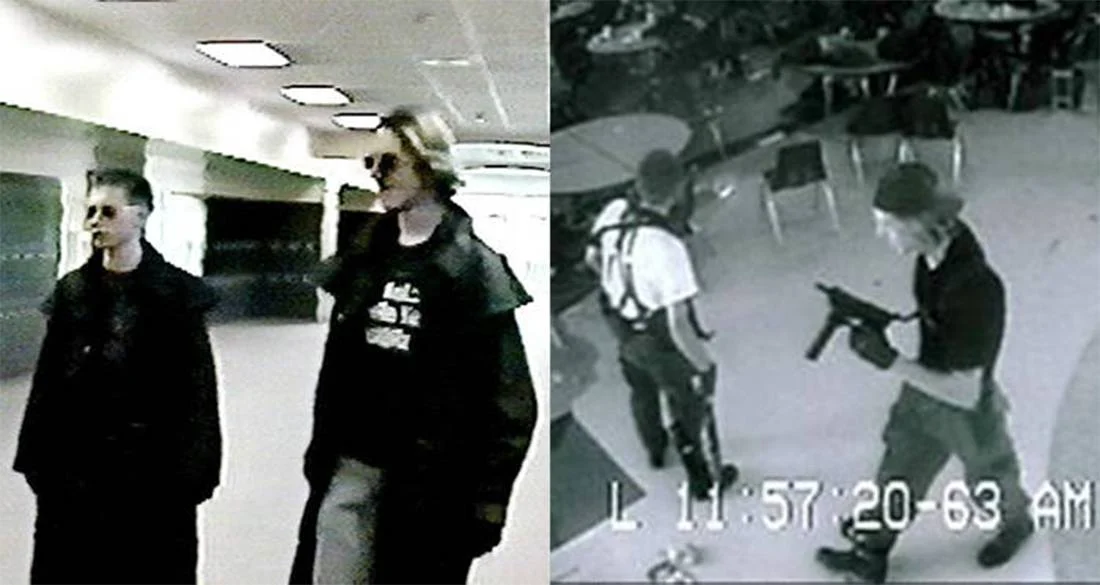Warning: Graphic content, readers’ discretion advised. This story contains a recollection of crime and can be triggering to some readers discretion advised.
a school shooting and attempted bombing occurred on april 20,1999, at columbine high school in columbine, colorado, united states .
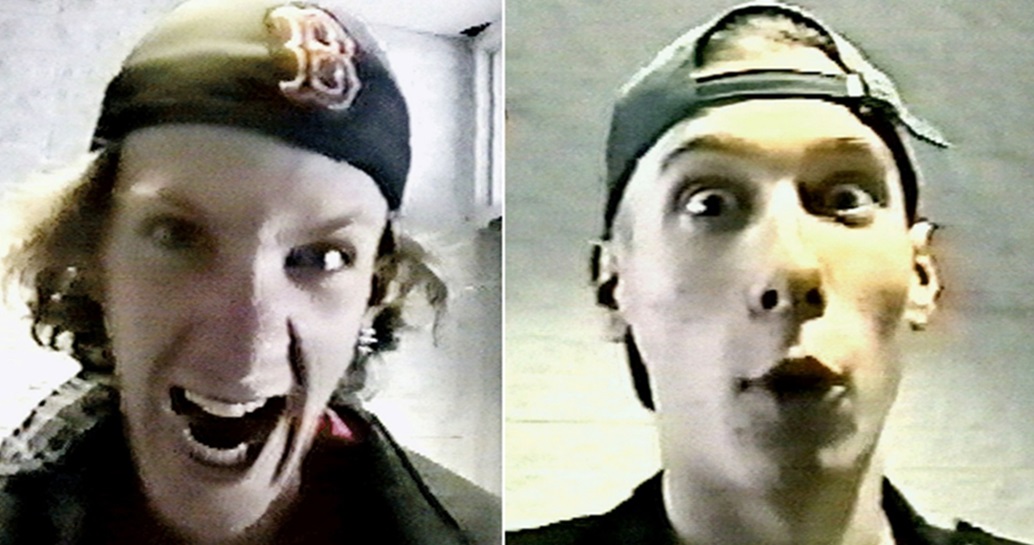
The perpetrators, twelfth-grade students Eric Harris and Dylan Klebold, murdered twelve students and one teacher; ten were killed in the school library, where Harris and Klebold subsequently died by suicide.
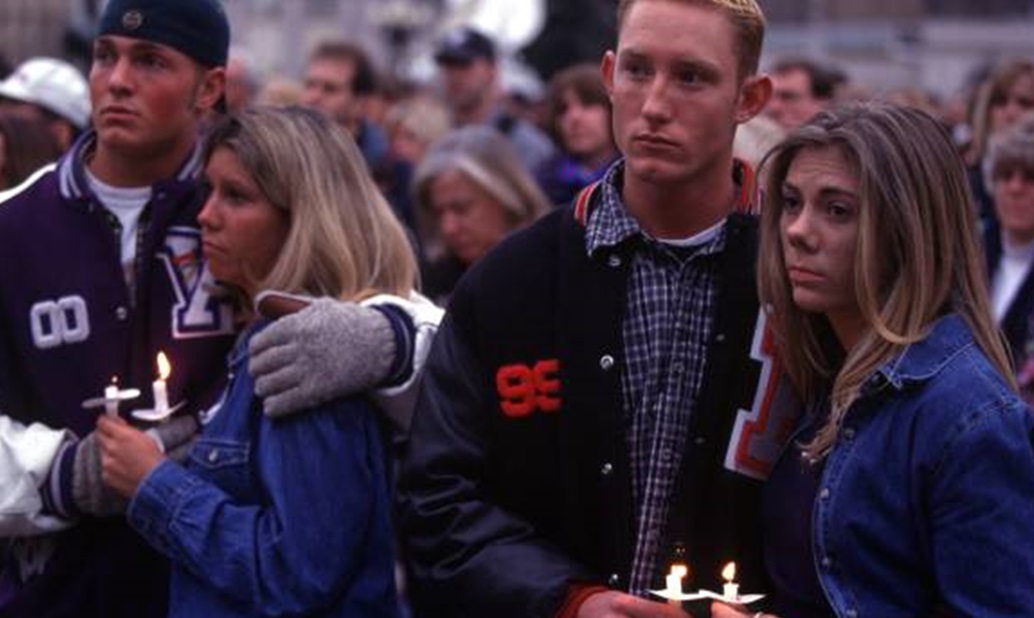
Twenty-one additional people were injured by gunshots, and gunfire was exchanged with the police. Another three people were injured trying to escape. The Columbine massacre was the deadliest mass shooting at a K-12 school in U.S. history until December 2012.
It is still considered one of the most infamous massacres in the U.S. for inspiring many other school shootings and bombings; the word “Columbine” has since become a byword for modern school shootings.
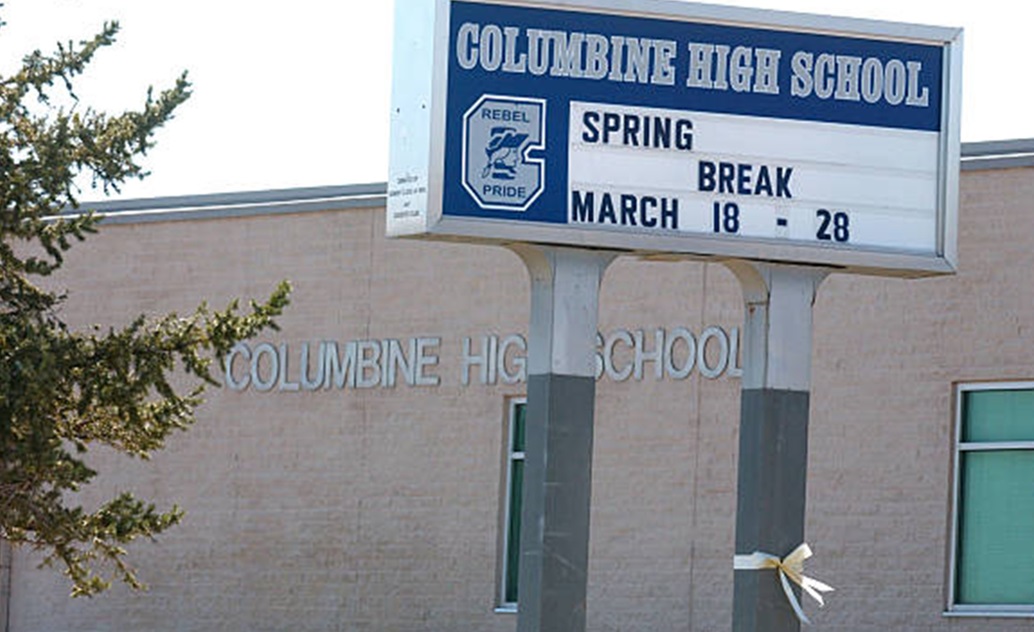
As of 2025, Columbine is still the deadliest school shooting in Colorado, the deadliest high school shooting in the United States to happen west of the Mississippi River, and one of the deadliest mass shootings in the United States.
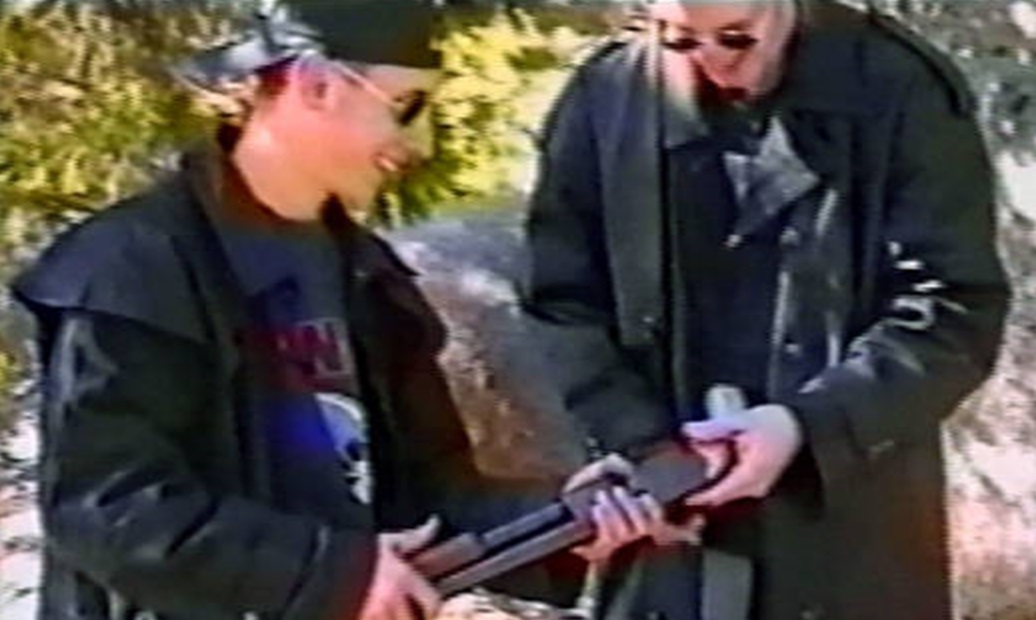
Harris and Klebold, who planned for roughly a year, and hoped to have a large number of victims, intended for the attack to primarily be a bombing and only secondarily a shooting.
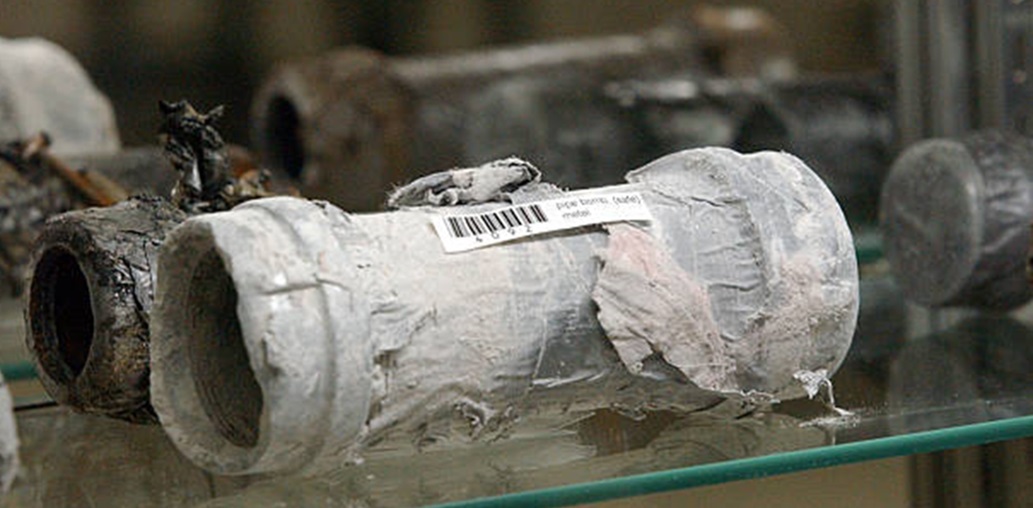
However, the pair chose to launch a shooting attack after the several homemade bombs they planted in the school failed to detonate.Their motive remains inconclusive.
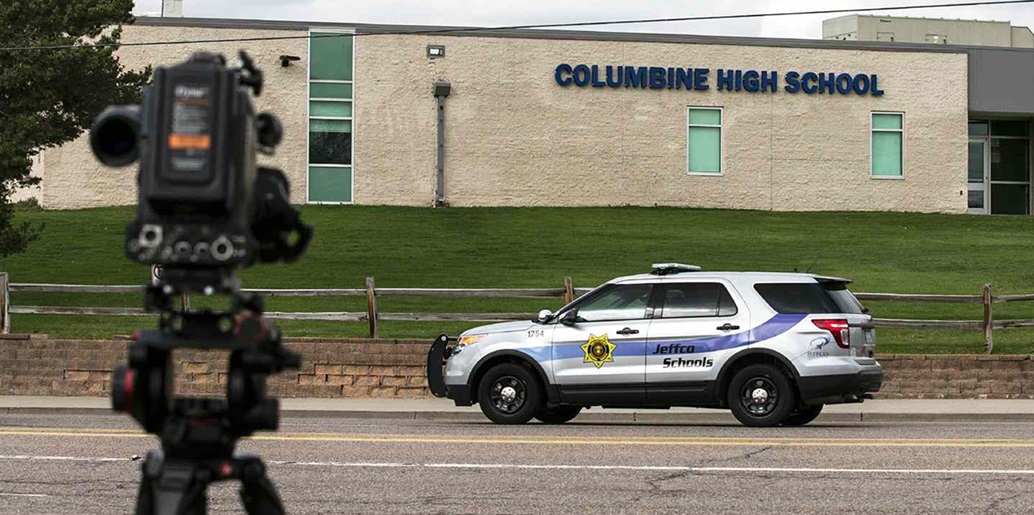
The police were slow to enter the school and were heavily criticized for not intervening during the shooting.
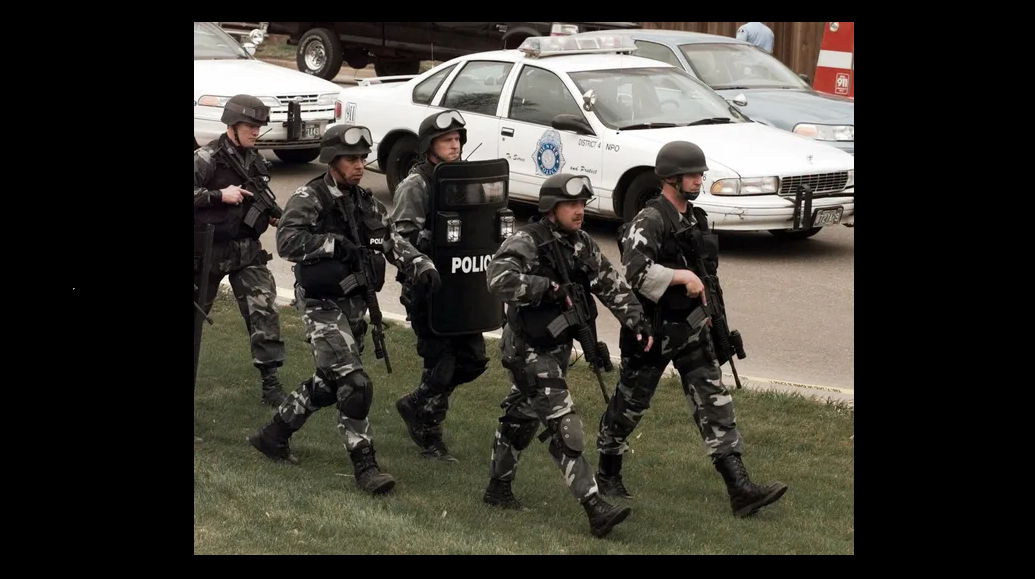
The incident resulted in the introduction of the immediate action rapid deployment (IARD) tactic, which is used in active-shooter situations, and an increased emphasis on school security with zero-tolerance policies.
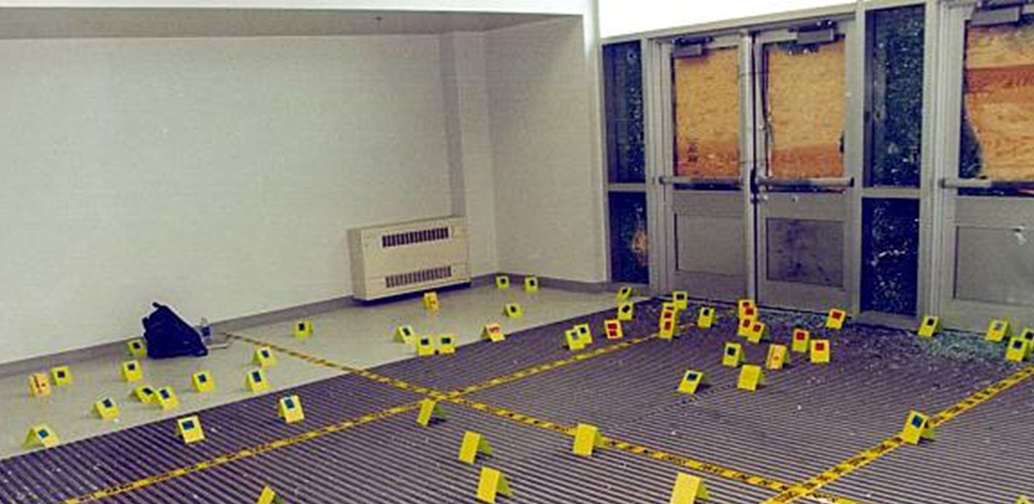
The violence sparked debates over American gun culture and gun control laws, high school cliques, subcultures (e.g. goths), outcasts, and school bullying, as well as teenage use of pharmaceutical antidepressants, the Internet, and violence in video games and film.
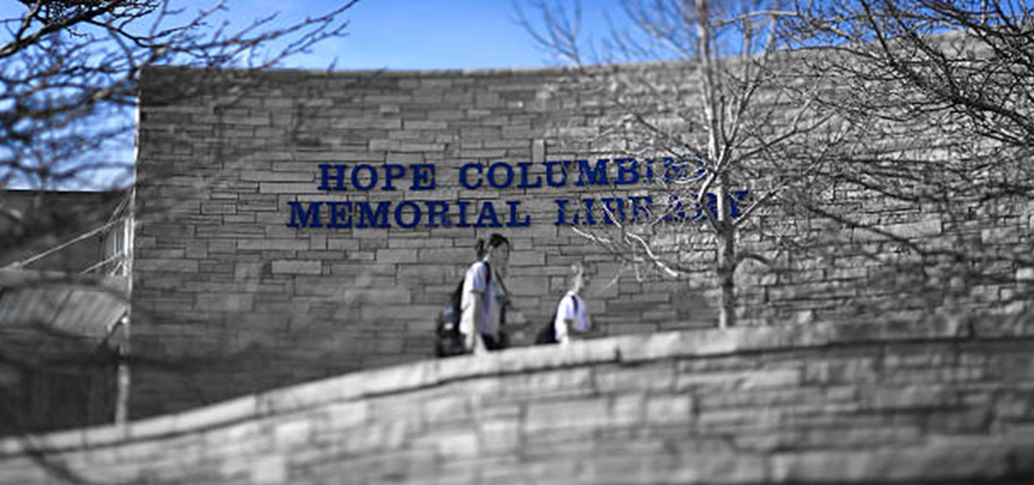
Many makeshift memorials were created after the massacre, including ones employing victims Rachel Scott’s car and John Tomlin’s truck. Fifteen crosses for the victims and the shooters were erected on top of a hill in Clement Park. The crosses for Harris and Klebold were later removed following controversy. Planning for a permanent memorial began in June 1999, and the resulting Columbine Memorial opened to the public in September 2007.
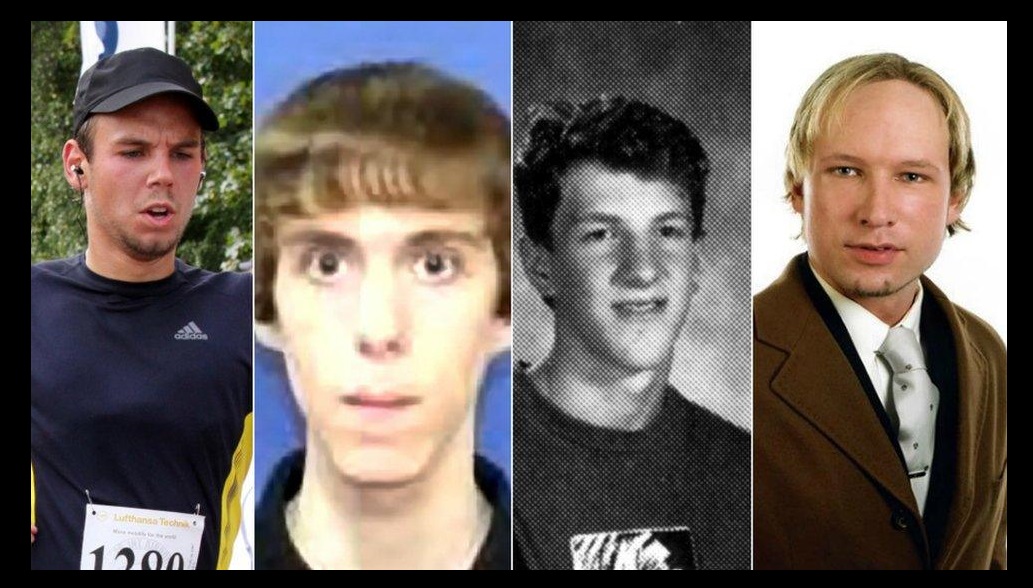
The shooting has inspired dozens of copycat killings, dubbed the Columbine effect, including many deadlier shootings across the world
Eric Harris
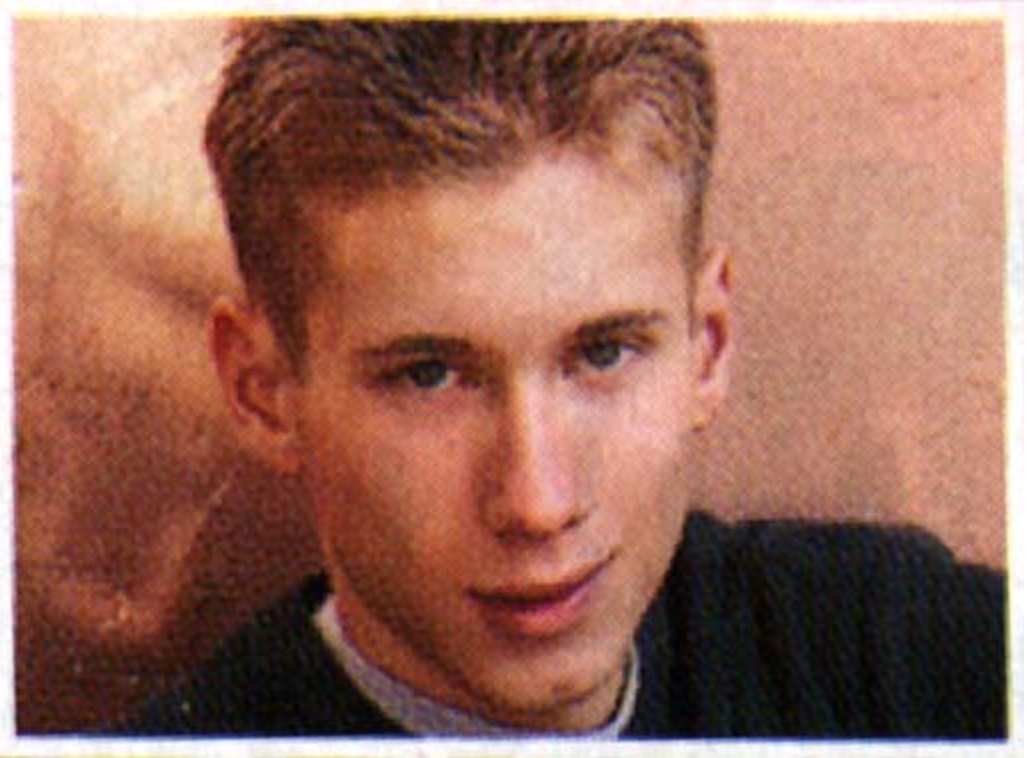
Eric David Harris (April 9, 1981 – April 20, 1999) was born in Wichita, Kansas. The Harris family relocated often, as Harris’s father was a U.S. Air Force transport pilot. His mother was a homemaker. The family moved from Plattsburgh, New York, to Littleton, Colorado, in July 1993, when his father retired from military service.
The Harris family lived in rented accommodations for their first three years in the Littleton area. During this time, Harris attended Ken Caryl Middle School, where he met Klebold. In 1996, the Harris family purchased a house south of CHS. Harris’s older brother attended college at the University of Colorado Boulder.
Dylan Klebold
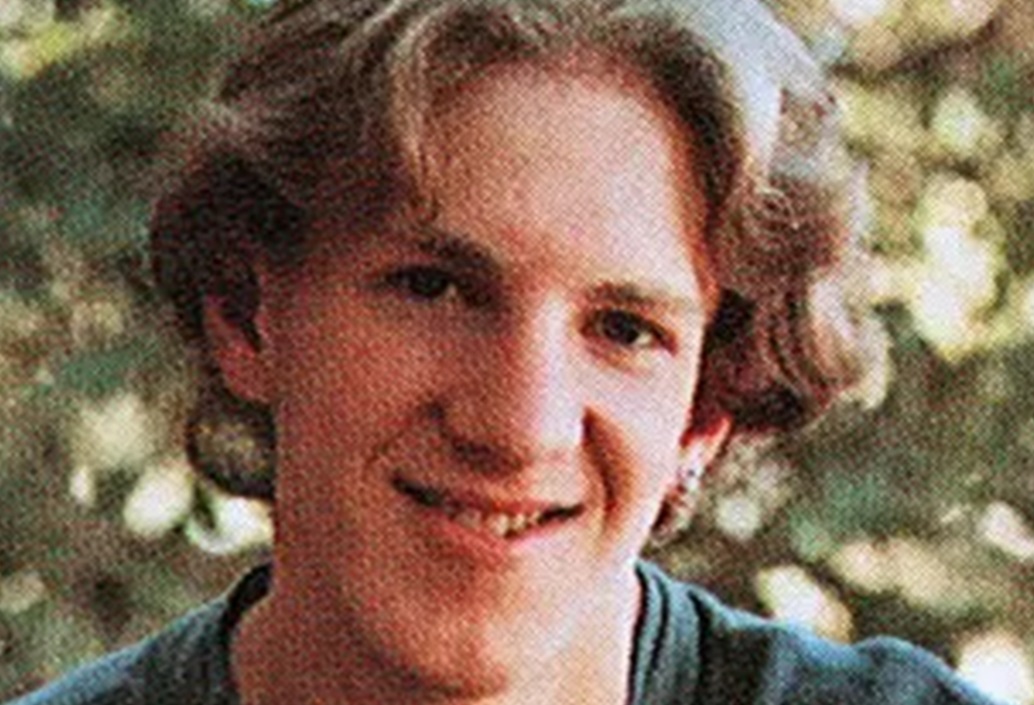
Dylan Bennet Klebold (/ˈkliːboʊld/ KLEE-bohld; September 11, 1981 – April 20, 1999) was born in Lakewood, Colorado. His parents were pacifists and attended a Lutheran church with their children. Both Dylan and his older brother, Byron, attended confirmation classes in accordance with the Lutheran tradition.As had been the case with his older brother, Klebold was named after a renowned poet—in his case Dylan Thomas.
Klebold attended Normandy Elementary for first and second grade before transferring to Governor’s Ranch Elementary, and became part of the CHIPS (“Challenging High Intellectual Potential Students”) program.
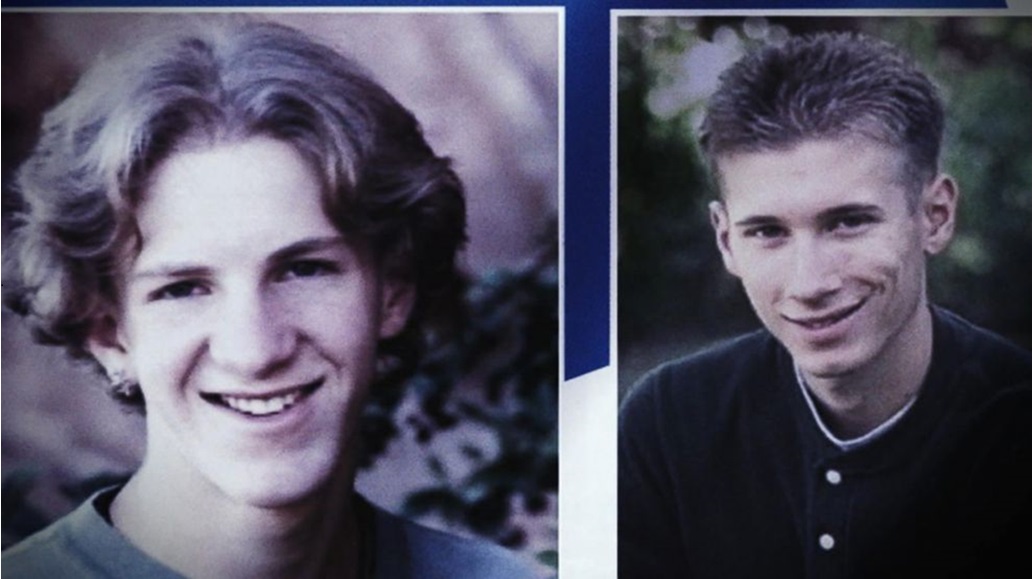
Harris and Klebold were both enrolled in video-production classes and kept five video tapes that were recorded with school video equipment. Only two of these, “Hitmen for Hire” and “Rampart Range”
and part of a third known as “Radioactive Clothing”,have been released.The remaining three tapes detailed their plans and reasons for the massacre
, including the ways they hid their weapons and deceived their parents.Most were shot in the Harris family basement, and are thus known as the Basement Tapes. Thirty minutes before the attack, they made a final video saying goodbye and apologizing to their friends and families
![]()
In December 1999, before anyone besides investigators had seen them, Time magazine published an article on these tapes.The victims’ family members threatened to sue Jefferson County.
As a result, select victim families and journalists were allowed to view them, though the tapes were then withheld from the public and, in 2011, destroyed for fear of inspiring future massacres.
Transcripts of some of the dialogue and a short clip recorded surreptitiously by a victim’s father still exist. The pair claimed they were going to make copies of the tapes to send to news stations but never did so.
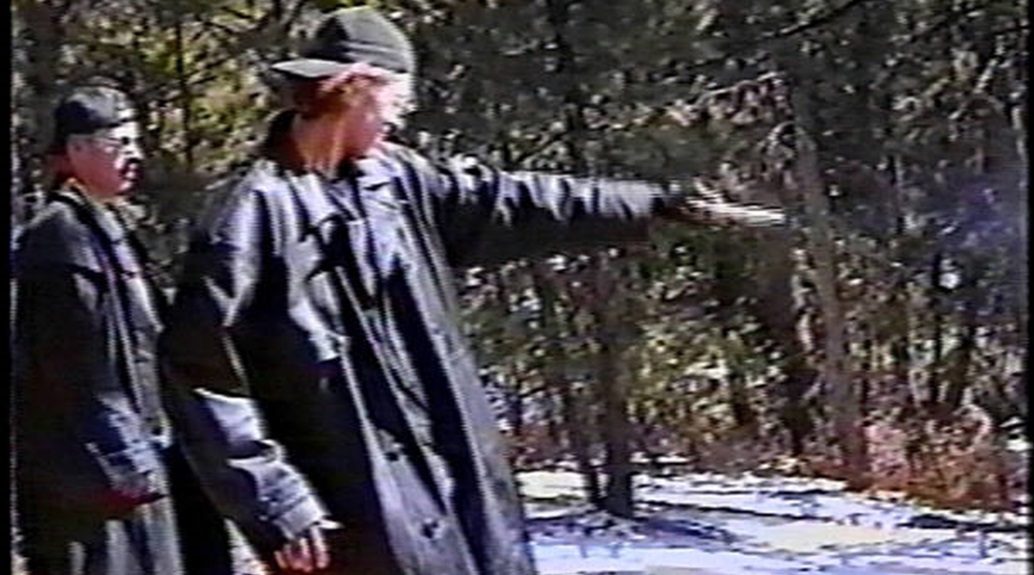
When an economics class had Harris make an ad for a business, he and Klebold made a video called Hitmen for Hire on December 8, 1998, which was released in February 2004.
It depicts them as part of the Trench Coat Mafia, a clique in the school who wore black trench coats and opposed jocks, extorting money for protecting preps from bullies.
Klebold and Harris themselves were apparently not a part of the Trench Coat Mafia but were friends with some of its members. They wore black trench coats on the day of the massacre, and the Hitmen for Hire video seemed a kind of dress rehearsal, showing them walking the halls of the school, and shooting bullies outside with fake guns.
On October 21, 2003, a video was released showing the pair doing target practice on March 6, 1999, in nearby foothills known as Rampart Range, with the weapons they would use in the massacre
Before the massacre, Harris left a micro cassette labeled “Nixon” on the kitchen table. On it Harris said “It is less than nine hours now,” placing the recording at some time around 2:30 a.m. He went on to say “People will die because of me,” and “It will be a day that will be remembered forever.”
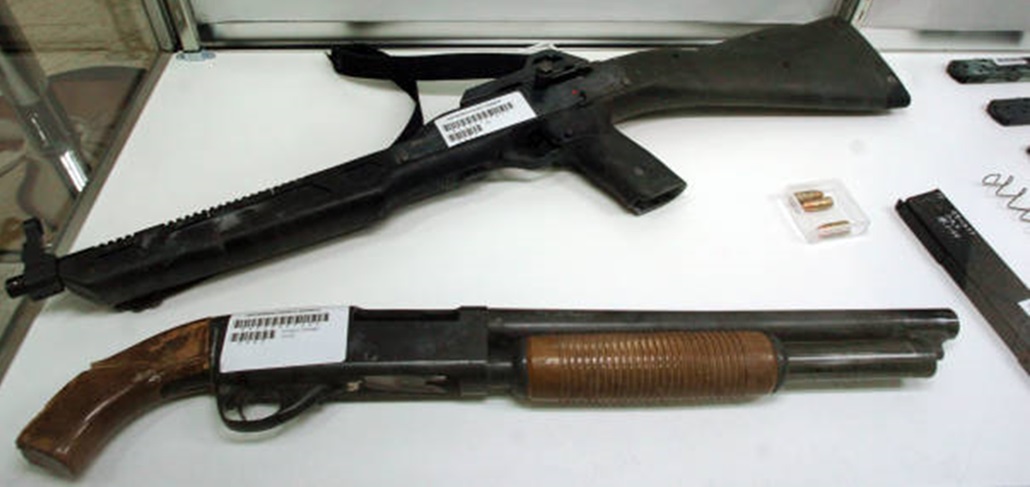
In the months prior to the attacks, Harris and Klebold acquired two 9mm firearms and two 12-gauge shotguns. Harris had a Hi-Point 995 carbine with thirteen 10-round magazines and a Savage-Springfield 67H pump shotgun.
Klebold used a 9mm Intratec TEC-DC9 semi-automatic handgun with one 52-, one 32-, and one 28-round magazine and a Stevens 311D double-barreled shotgun. Harris’ shotgun was sawed-off to around 26 inches (0.66 m) and Klebold shortened his shotgun’s length to 23 inches (0.58 m), a felony under the National Firearms Act.
On November 22, 1998, their friend Robyn Anderson purchased a carbine rifle and the two shotguns for the pair at the Tanner Gun Show, as they were too young to legally purchase the guns themselves. After the attack, she told investigators that she had believed the pair wanted the weapons for target shooting and denied that she had prior knowledge of their plans. Anderson was not charged
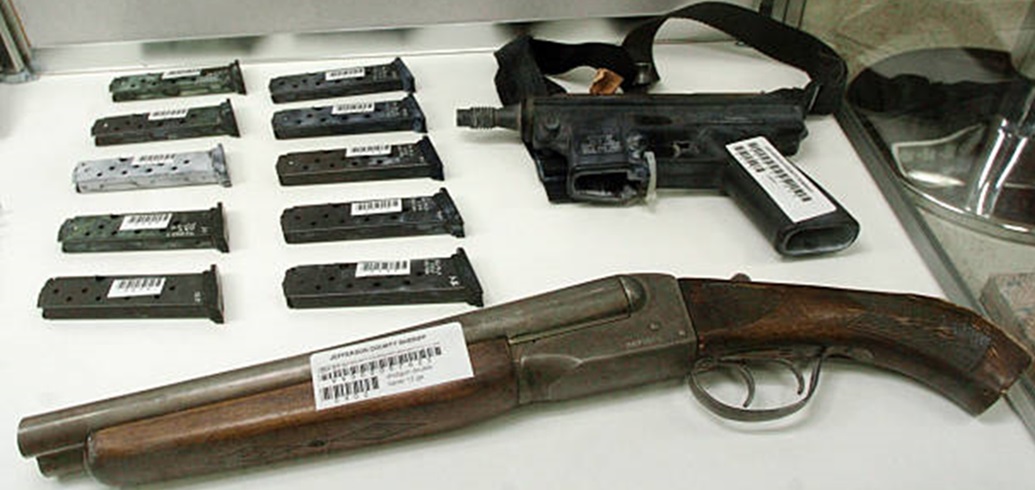
Harris and Klebold both held part-time jobs at a local Blackjack Pizza. Through Philip Duran, one of their coworkers, Klebold bought a TEC-9 handgun from Mark Manes for $500 at another gun show on January 23.Manes, Manes’ girlfriend, and Duran are all in the Rampart Range video.
After the massacre, Manes and Duran were both prosecuted.Each was charged with supplying a handgun to a minor and possession of a sawed-off shotgun.
Manes and Duran were sentenced to a total of six years and four-and-a-half years, respectively, in prison.

In addition to the firearms, the complex and highly planned attack involved several improvised explosive devices. Harris and Klebold constructed a total of 99 bombs. These included pipe bombs, carbon-dioxide cartridges filledwith gunpowder (called “crickets”), Molotov cocktails, and propane tanks converted to bombs.
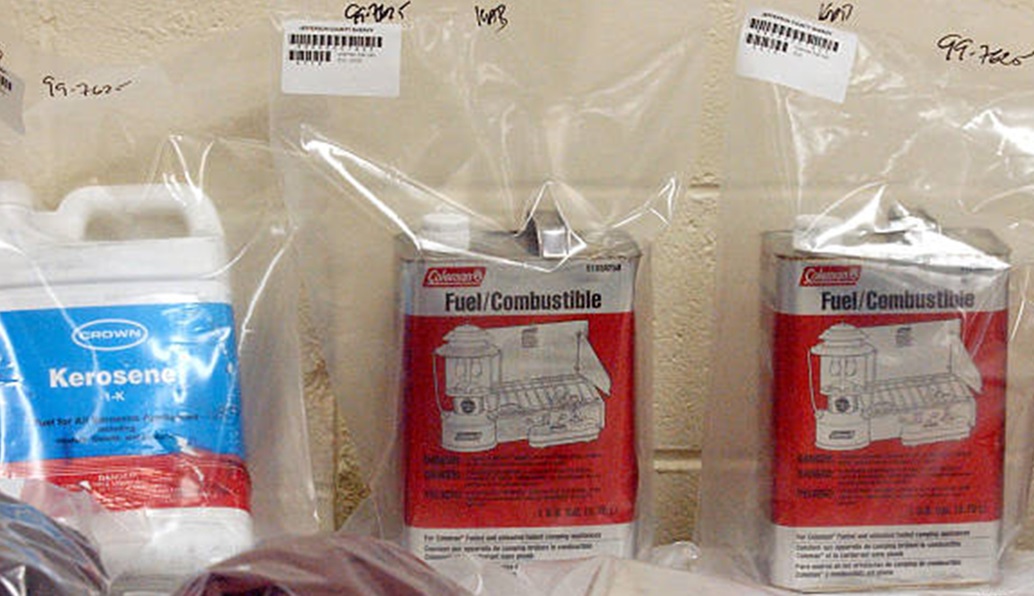
The propane bombs were used in the cafeteria, the shooters’ cars, and in another location intended as a diversion. For ignition, they used storm matches, cannon fuses, and model rocket igniters as well as timing devices built from mechanical alarm clocks for the propane bombs.During the massacre, they carried match strikers taped to their forearms for easy ignition of the pipe bombs and CO2 bombs.
Harris also experimented with napalm, and envisioned a kind of backpack and flamethrower. They both attempted to get another friend and coworker, Chris Morris, who was a part of the Trench Coat Mafia, to keep the napalm at his house, but he refused. Harris also tried to recruit him to be a third shooter but played it off as a joke when rebuked
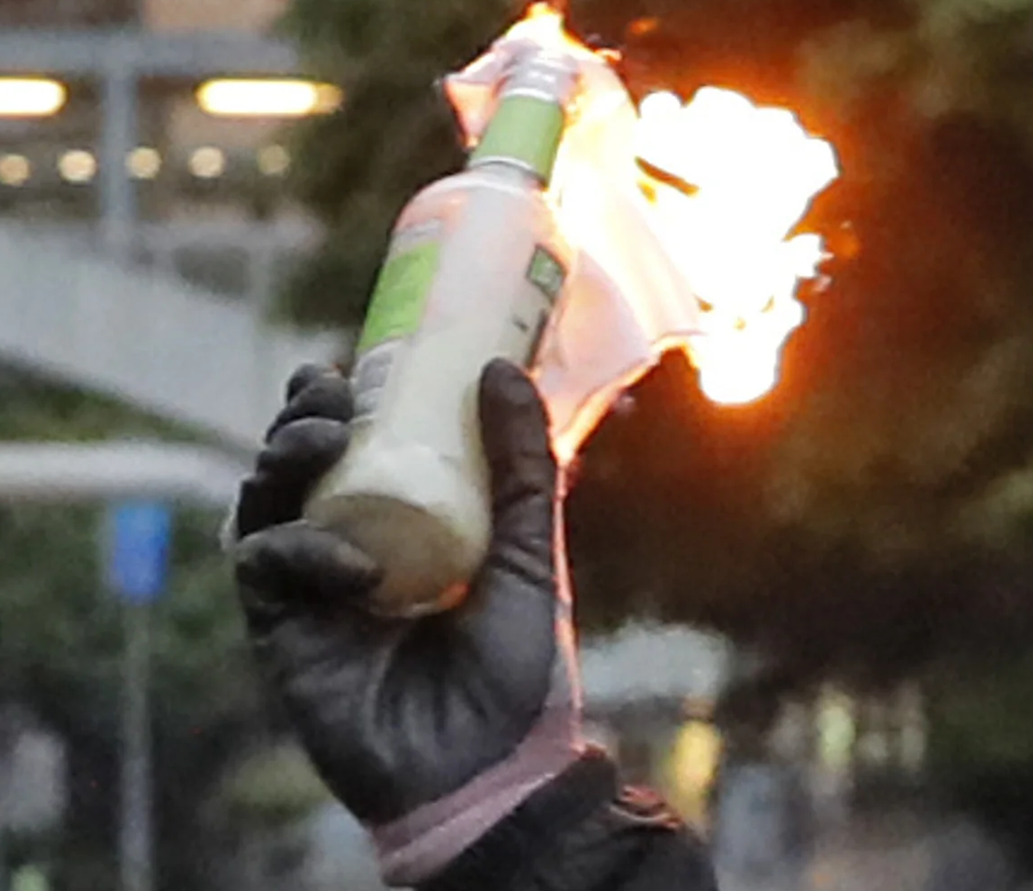
Harris’s website contained instructions on making pipe bombs and Molotovs, and the extensive use of shrapnel.Harris’s father once discovered one of his pipe bombs. Harris’s journal logged the creation of 25 pipe bombs.
Klebold scared his coworkers by once bringing a pipe bomb into work.They would give various nicknames to their pipe bombs. After the massacre, two pipe bombs had been left in Klebold’s bedroom, one named “Vengeance” and another “Atlanta”, presumably after the Olympic Park bombing.
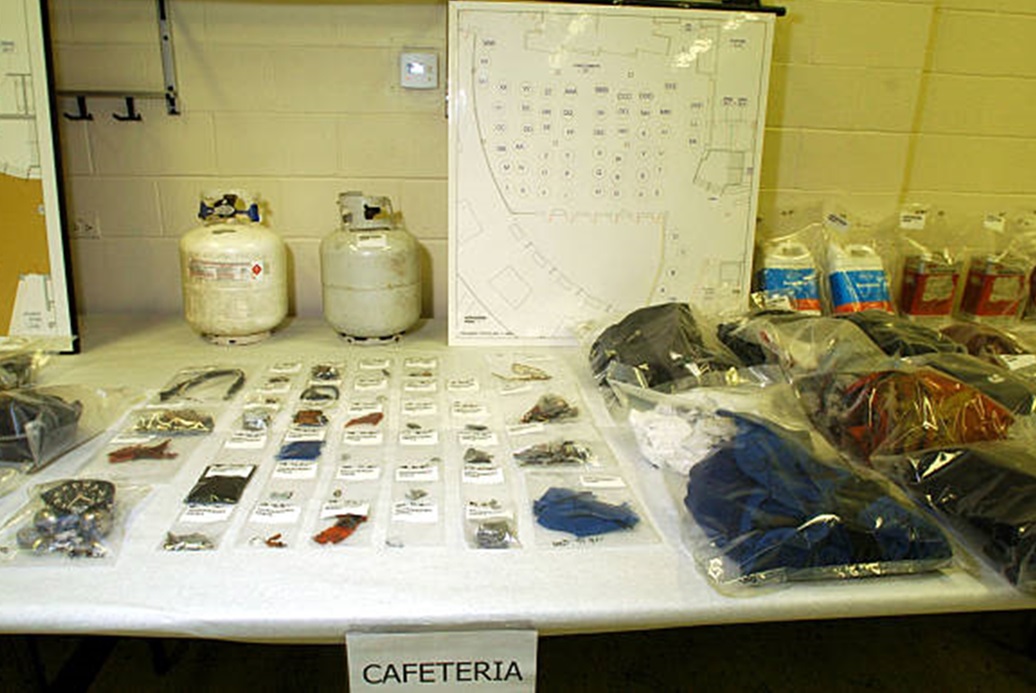
They had in their possession eight propane tanks all converted into bombs. The weekend before the shooting, Harris and Klebold bought two propane tanks and other supplies from a hardware store. They bought six propane tanks on the morning of the attack.
Harris was caught on a Texaco gas station security camera at 9:12 a.m. buying a Blue Rhino propane tank. Both cafeteria bombs included a single 20-pound tank, attached pipe bombs, and supporting gasoline canisters alongside.
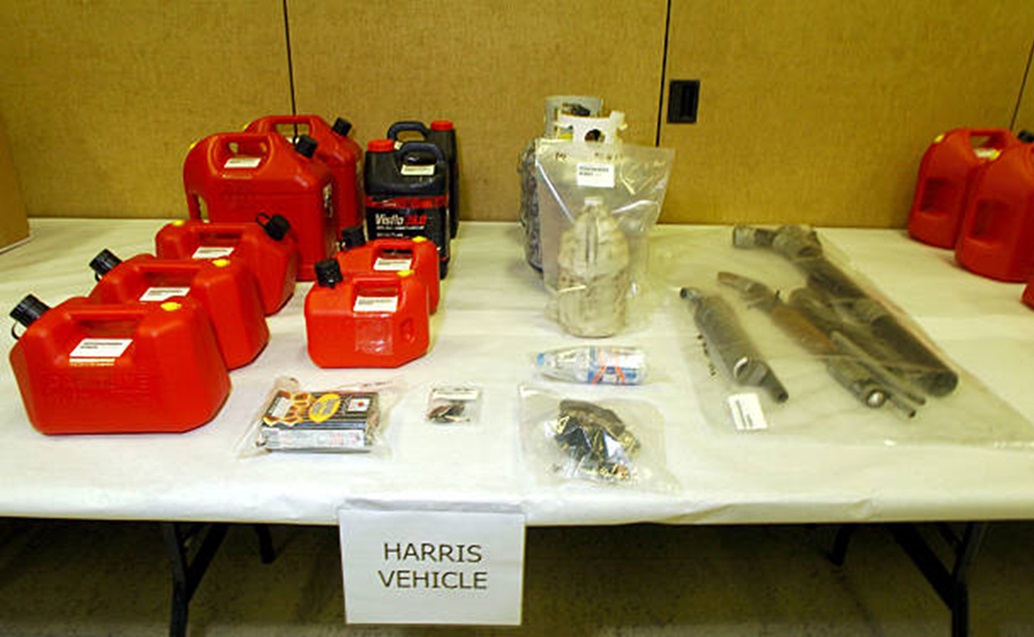
Both car bombs were made from two 20-pound propane tanks, pipe bombs, and various containers filled with gasoline were spread throughout the vehicles.
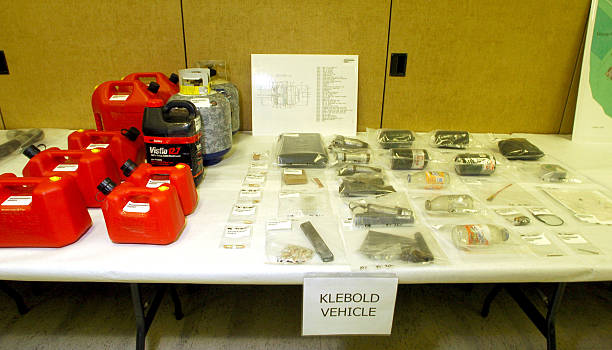
Eight pipe bombs were placed in Klebold’s car, and one in Harris’

Harris and Klebold were both equipped with knives, but investigators do not believe they ever utilized them during the massacre.
Harris had a boot knife on his belt and a “Khyber-pass” machete bowie knife taped to the back of his ankle.
Both had an “R”, referencing Harris’s alias “REB”, etched into the handle, and the machete had a swastika on the sheath. Klebold had a “Cobra” knife mounted to his belt on the left side as well as a switchblade in his right pocket.
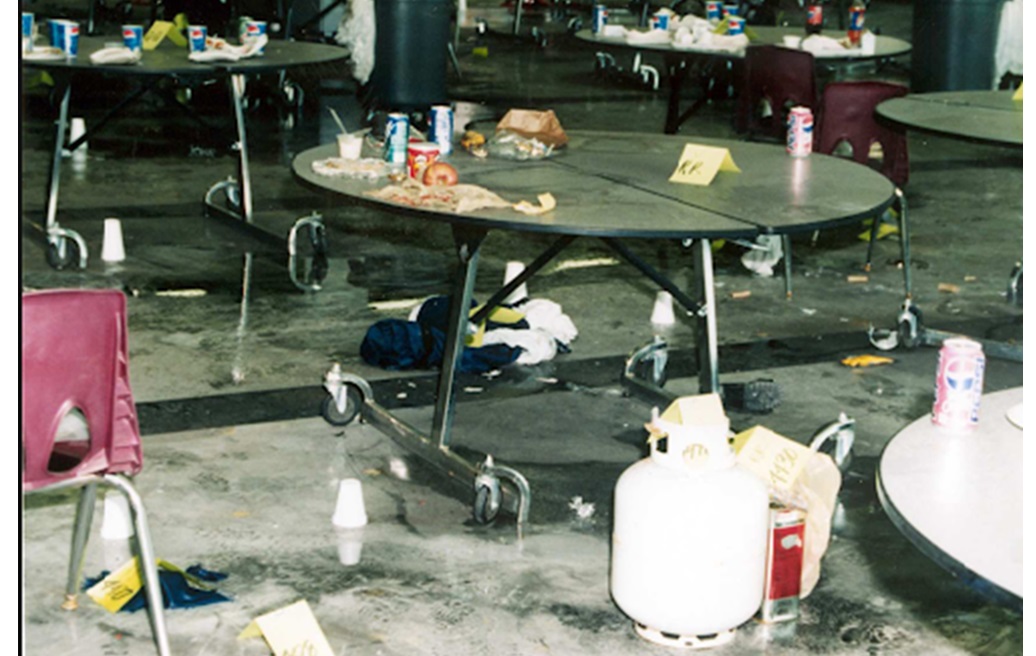
According to the shooters’ respective journals and video tapes, it is believed by investigators that the pair intended to detonate their propane bombs in the cafeteria at the busiest lunch hour,killing hundreds of students.
After this, they would shoot and stab survivors, as well as lob bombs. Bombs set in their cars in the parking lot would also eventually detonate, killing more students as well as possibly any police officers, paramedics, firemen, or reporters who had come to the school.
However, the bombs in the cafeteria and cars failed to detonate….
Several official sources claim they planned to shoot the fleeing survivors from the parking lot, but when the bombs failed, they moved to the staircase on the hill at the west side. Other sources claim the top of the staircase where the massacre began was their preferred spot to wait for the bombs to go off all along
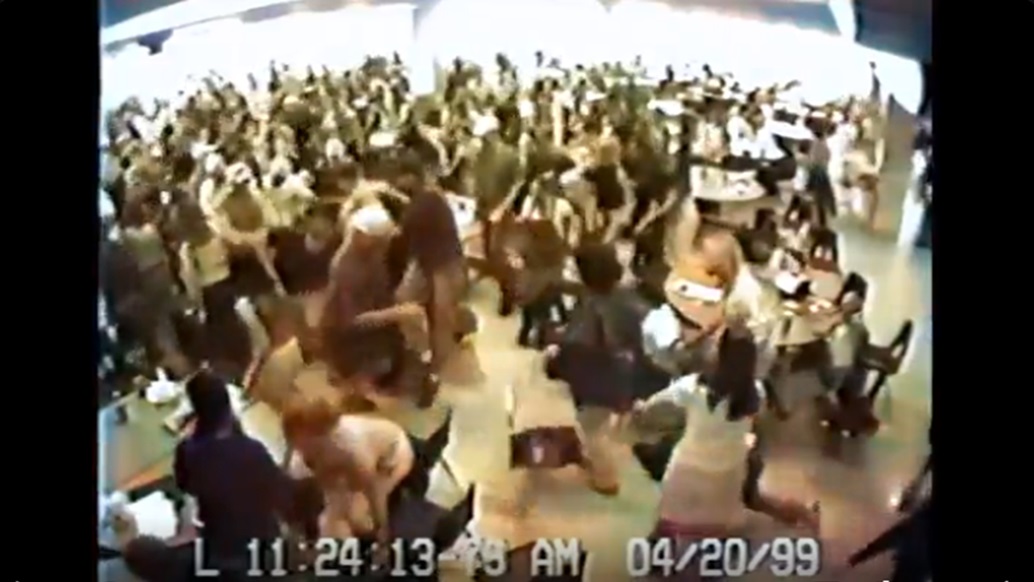
Several official sources claim they planned to shoot the fleeing survivors from the parking lot, but when the bombs failed, they moved to the staircase on the hill at the west side.
Several official sources claim they planned to shoot the fleeing survivors from the parking lot, but when the bombs failed, they moved to the staircase on the hill at the west side.Other sources claim the top of the staircase where the massacre began was their preferred spot to wait for the bombs to go off all along
Several official sources claim they planned to shoot the fleeing survivors from the parking lot, but when the bombs failed, they moved to the staircase on the hill at the west side. Other sources claim the top of the staircase where the massacre began was their preferred spot to wait for the bombs to go off all along
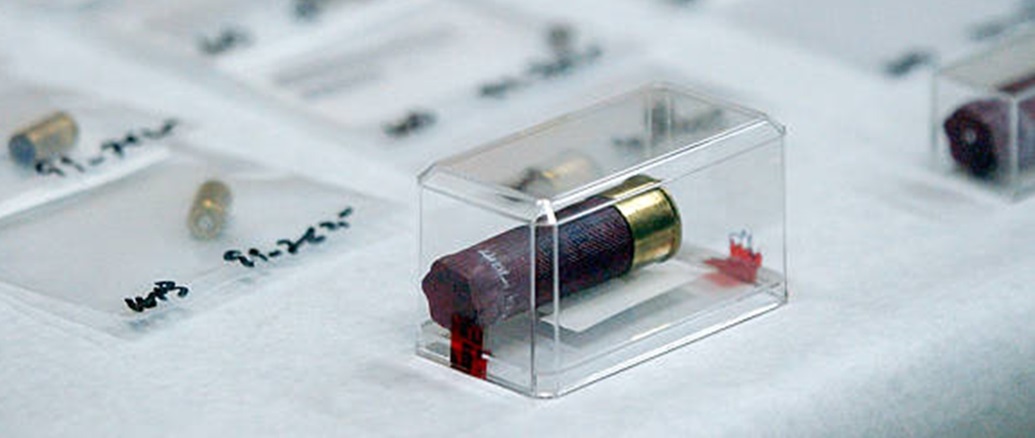
A total of 188 rounds of ammunition were fired by the perpetrators during the massacre. Firing nearly twice as much as Klebold, Harris fired his carbine rifle a total of 96 times: 47 shots outside, 36 shots inside, and 13 shots in the library. Harris also discharged his shotgun 25 times: 21 times in the library and four times inside. Klebold fired the TEC-9 handgun 55 times: three shots outside, 31 shots inside, and 21 shots in the library. Klebold also fired 12 rounds from his double-barreled shotgun: twice outside, four times inside, and six times in the library. Law enforcement officers fired 141 rounds during exchanges of gunfire with the shooters.
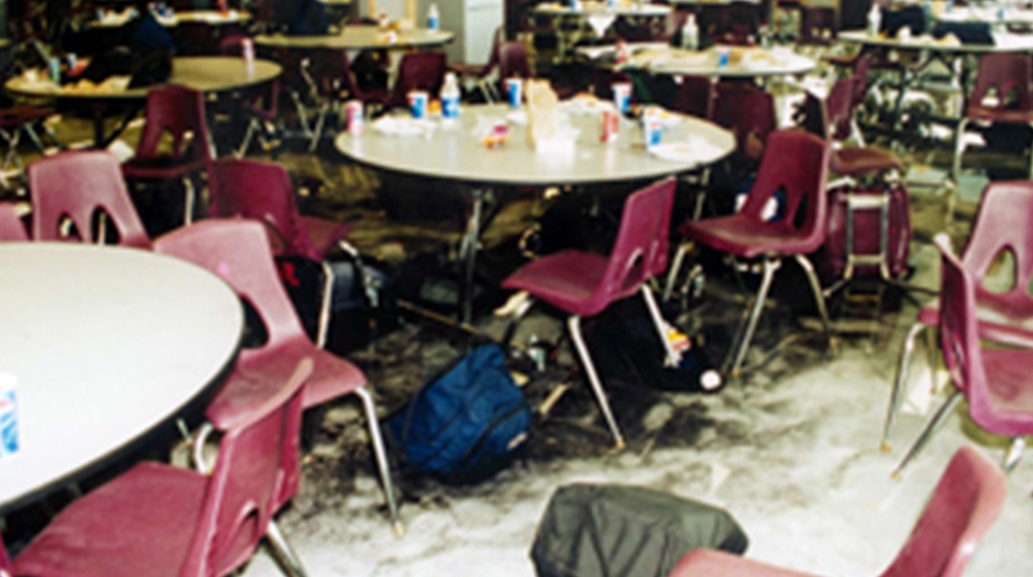
The partially-detonated propane bomb in a duffel bag left behind by the shooters blackened the floor and set off the overhead sprinklers.
Tuesday morning, April 20, 1999
Harris and Klebold placed two duffel bags in the cafeteria. Each bag contained propane bombs, set to detonate during the “A” lunch shift, which began at 11:15 a.m
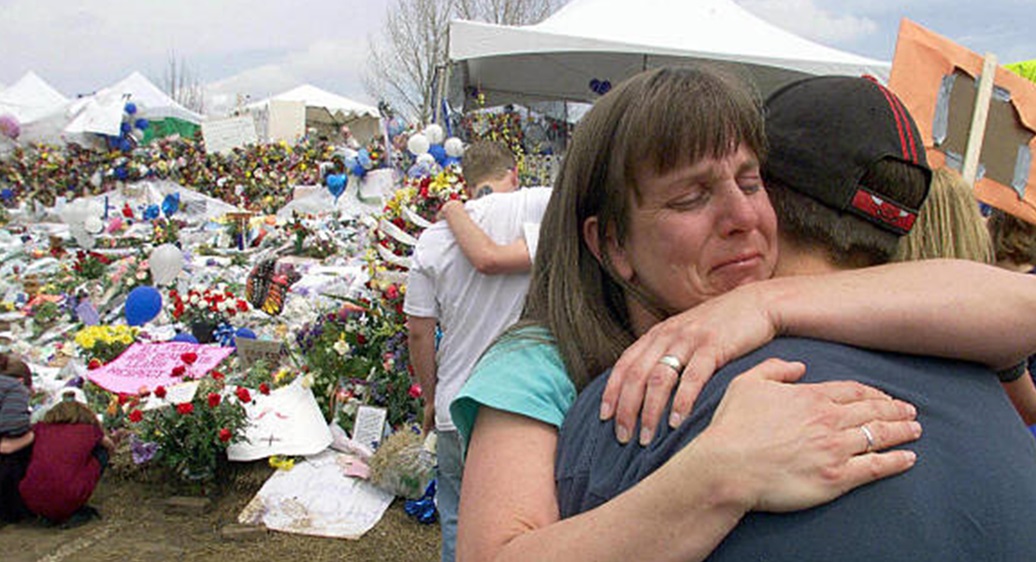
No witness recalled seeing the duffel bags being added to the 400 or so backpacks that were already in the cafeteria.The security staff at CHS did not observe the bags being placed in the cafeteria; a custodian was replacing the school security videotape at around 11:14 a.m.
Shortly after the massacre, police speculated the bombs were placed during this “tape change”. They also investigated whether the bombs were placed during the “after-prom” party held the prior weekend. Some Internet sleuths claim the bomb placement can be seen on the surveillance video at around 10:58 a.m. Harris and Klebold are seen in the tapes planting the bombs in casual school clothes separately.
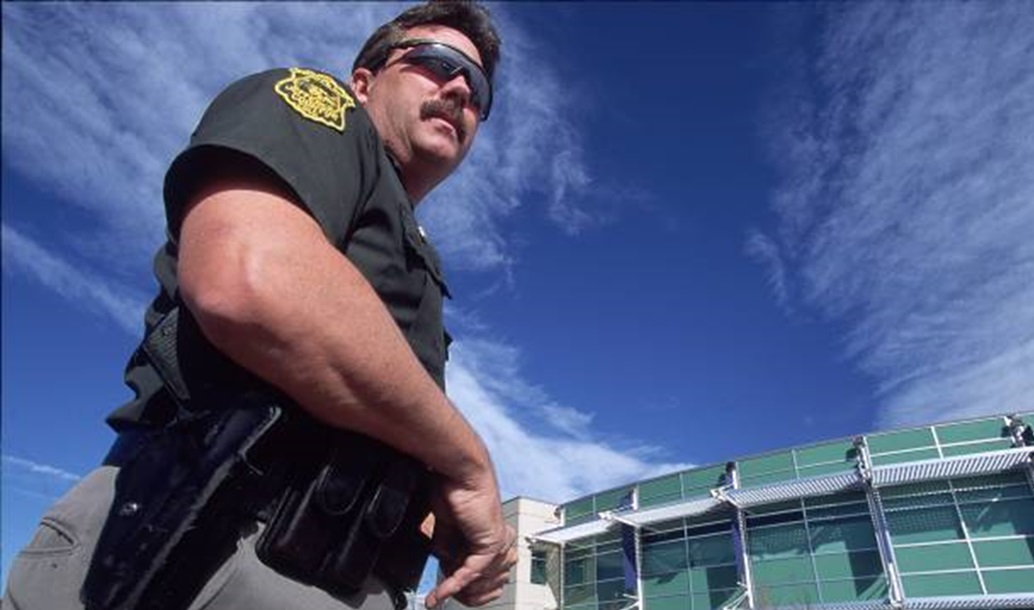
Jefferson County Sheriff’s Deputy Neil Gardner was assigned to the high school as a full-time school resource officer. Gardner usually ate lunch with students in the cafeteria, but on April 20 he was eating lunch in his patrol car at the northwest corner of the campus, watching students in the Smokers’ Pit in Clement Park, a meadow adjacent to the school
Two backpacks filled with pipe bombs, aerosol canisters, and small propane bombs were also placed in a field about 3 miles (4.8 km) south of CHS, and 2 miles (3.2 km) south of the fire station. The bombs were intended as a diversion to draw firefighters and emergency personnel away from the school. Only the pipe bombs and one of the aerosol canisters detonated, causing a small fire, which was quickly extinguished by the fire department. It went off after first having been moved. Bomb technicians immediately examined the bombs and relayed to police at the school the possibility of devices with motion activators.’

At 11:19 a.m., 17-year-old Rachel Scott and her friend Richard Castaldo were having lunch and sitting on the grass next to the west entrance of the school. Klebold threw a pipe bomb towards the parking lot; the bomb only partially detonated, causing it to give off smoke. Castaldo thought it was no more than a crude senior prank. Likewise, several students during the incident first thought that they were watching a prank
The two allegedly returned to where Rachel Scott and Richard Castaldo lay on the ground injured. Scott was killed instantly when she was hit four times with rounds fired from Harris’s carbine; one shot was to the left temple.Castaldo was shot eight times in the chest, arm, and abdomen by both Harris and Klebold; he fell unconscious to the ground and was left paralyzed below the chest.
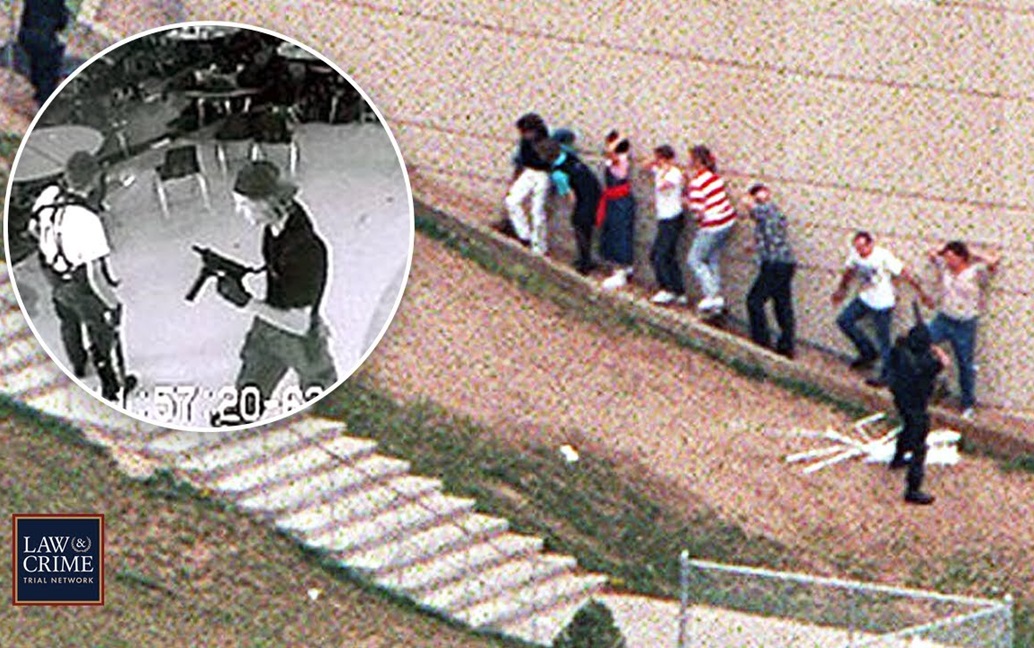
After firing twice, Klebold’s TEC-9 jammed, and he was forced to temporarily cease shooting to fix it, which he did by reloading a new magazine into his pistol. Meanwhile, Harris took off his trenchcoat and aimed his carbine down the west staircase in the direction of three students: Daniel Rohrbough, Sean Graves, and Lance Kirklin.
The students presumed they were paintball guns, and were about to walk up the staircase directly below the shooters. Harris fired ten times, killing Rohrbough and injuring Graves and Kirklin. William David Sanders, a teacher and coach at the school, was in the cafeteria when he heard the gunfire and began warning students
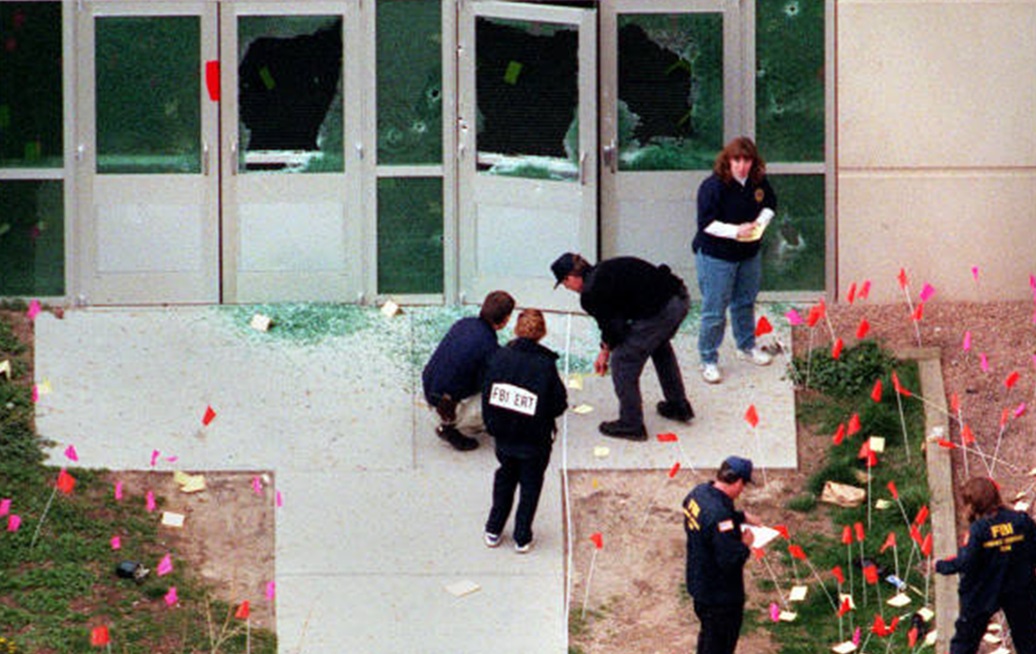
After firing twice, Klebold’s TEC-9 jammed, and he was forced to temporarily cease shooting to fix it, which he did by reloading a new magazine into his pistol. Meanwhile, Harris took off his trenchcoat and aimed his carbine down the west staircase in the direction of three students: Daniel Rohrbough, Sean Graves, and Lance Kirklin. The students presumed they were paintball guns, and were about to walk up the staircase directly below the shooters.
Harris fired ten times, killing Rohrbough and injuring Graves and Kirklin. William David Sanders, a teacher and coach at the school, was in the cafeteria when he heard the gunfire and began warning students
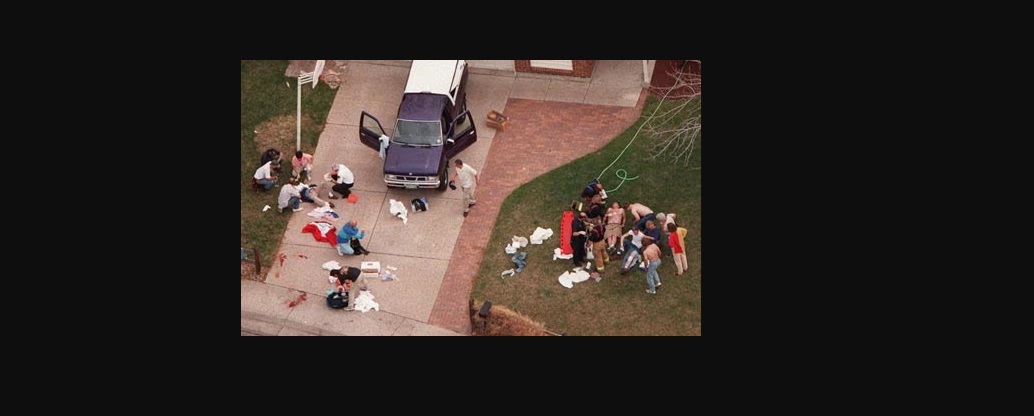
Harris turned west and fired seven shots in the direction of five students sitting on the grassy hillside adjacent to the steps and opposite the west entrance of the school:Michael Johnson was hit in the face, leg, and arm but ran and escaped; Mark Taylor was shot in the chest, arms, and leg and fell to the ground, where he faked death; the other three escaped uninjured
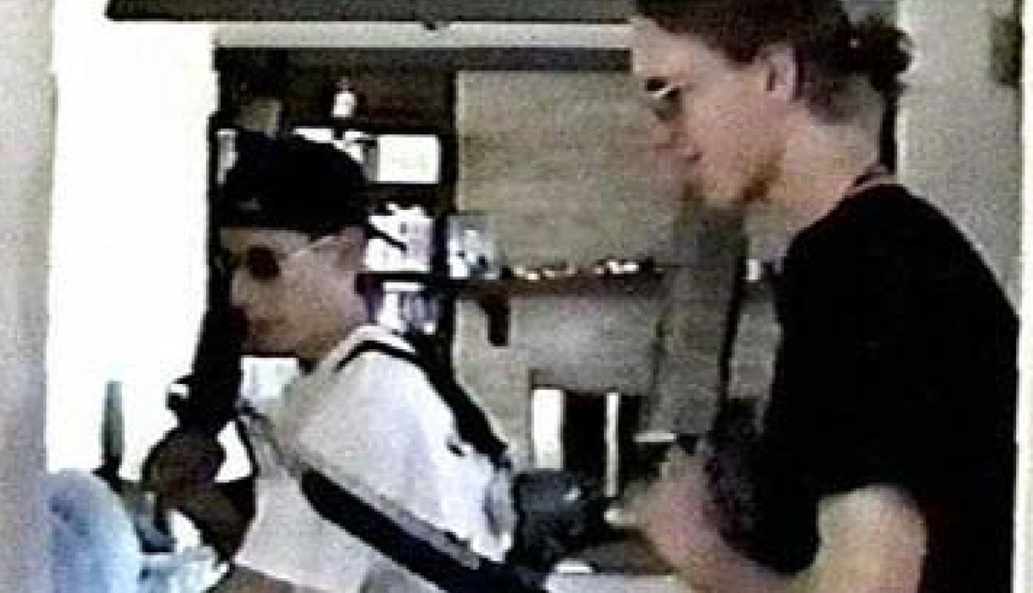
Klebold walked down the steps toward the cafeteria. He first shot once at the body of Dan Rohrbough with his shotgun, and then came up to Lance Kirklin, who was already wounded and lying on the ground, weakly calling for help. Klebold said, “Sure. I’ll help you,” then shot Kirklin in the jaw with his shotgun.
Although near-fatally injured, Kirklin would survive. Graves—paralyzed beneath the waist—had crawled into the doorway of the cafeteria’s west entrance and collapsed.
He rubbed his blood on his face and played dead. After shooting Kirklin, Klebold walked towards the cafeteria door. He then stepped over the injured Graves to enter the cafeteria. Graves remembers Klebold saying, “Sorry, dude
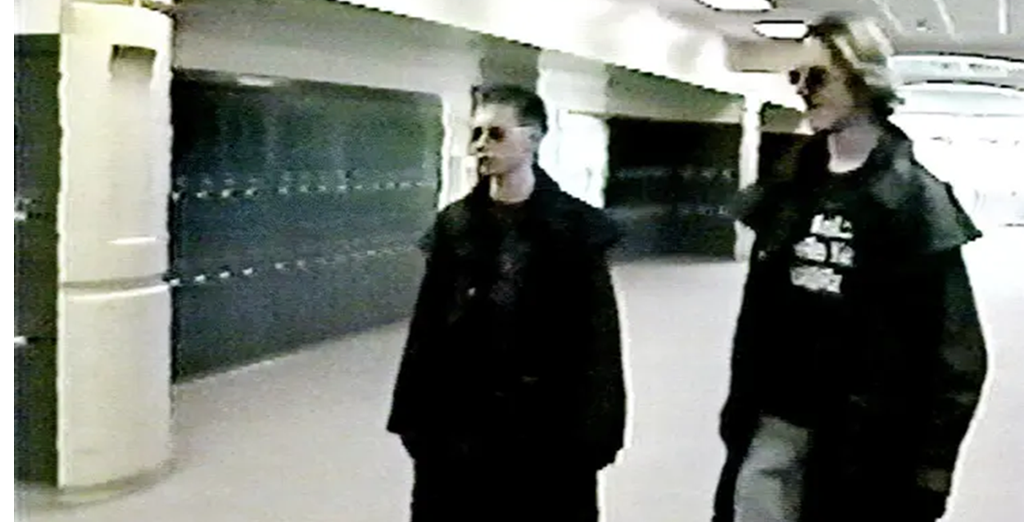
Klebold only briefly entered the cafeteria and did not shoot at the several people still inside. Officials speculated that Klebold went to check on the propane bombs.
Harris was still on top of the stairs shooting, and severely wounded and partially paralyzed 17-year-old Anne-Marie Hochhalter as she tried to flee.
Klebold came out of the cafeteria and went back up the stairs to join Harris.They each shot once at students standing close to a soccer field but did not hit anyone.

They walked toward the west entrance, throwing pipe bombs in several directions, including onto the roof; only a few of these pipe bombs detonated. Witnesses heard one of them say, “This is what we always wanted to do. This is awesome!”
At 11:22 a.m
a custodian called Deputy Neil Gardner, the assigned resource officer to Columbine, on the school radio, requesting assistance in the senior parking lot.
The only paved route took him around the school to the east and south on Pierce Street, where at 11:23 a.m., he heard on his police radio that a female was down, and assumed she had been struck by a car.
While exiting his patrol car in the senior lot at 11:24, he heard another call on the school radio, “Neil, there’s a shooter in the school.
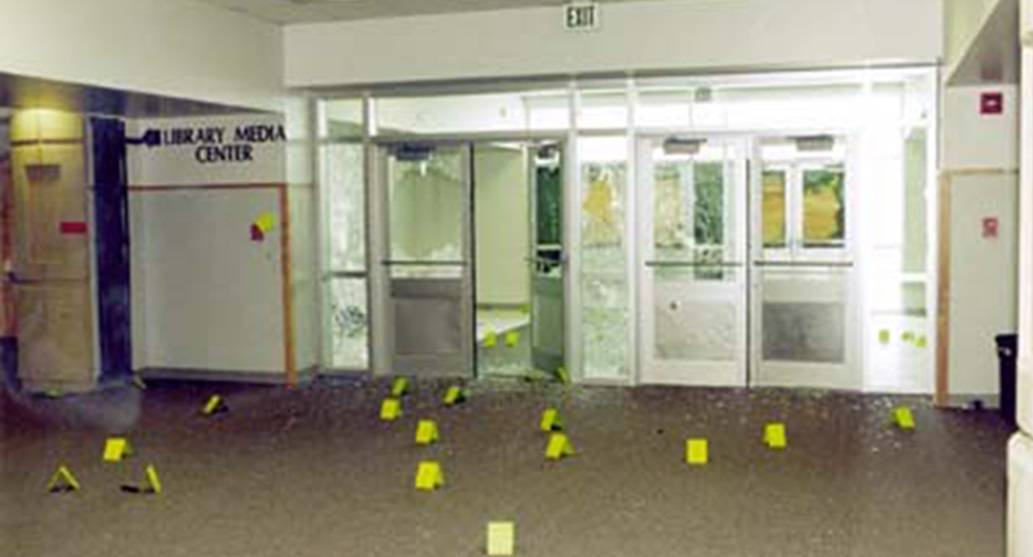
Harris, at the west entrance, immediately turned and fired ten shots from his carbine at Gardner, who was 60 yards (55 m) away.As Harris reloaded his carbine, Gardner leaned over the top of his car and fired four rounds at Harris from his service pistol.
Harris ducked back behind the building, and Gardner momentarily believed that he had hit him. Harris then reemerged and fired at least four more rounds at Gardner (which missed and struck two parked cars), before retreating into the building.

No one was hit during the exchange of gunfire.Gardner reported on his police radio, “Shots in the building. I need someone in the south lot with me.
By this point, Harris had shot 47 times, and Klebold 5. The shooters then entered the school through the west entrance, moving along the main north hallway, throwing pipe bombs and shooting at anyone they encountered. Klebold shot Stephanie Munson in the ankle, but she was able to walk out of the school.The pair then shot out the windows to the east entrance of the school. After proceeding through the hall several times and shooting toward—and missing—any students they saw, they went toward the west entrance and turned into the library hallway
As the shooting unfolded, pipe bombs were tossed in the hallways and down into the cafeteria. Patti Nielson in the library called 9-1-1, telling her story and urging students in the library to take cover beneath desks. According to transcripts, her call was received by a 9–1–1 operator at 11:25:18 a.m
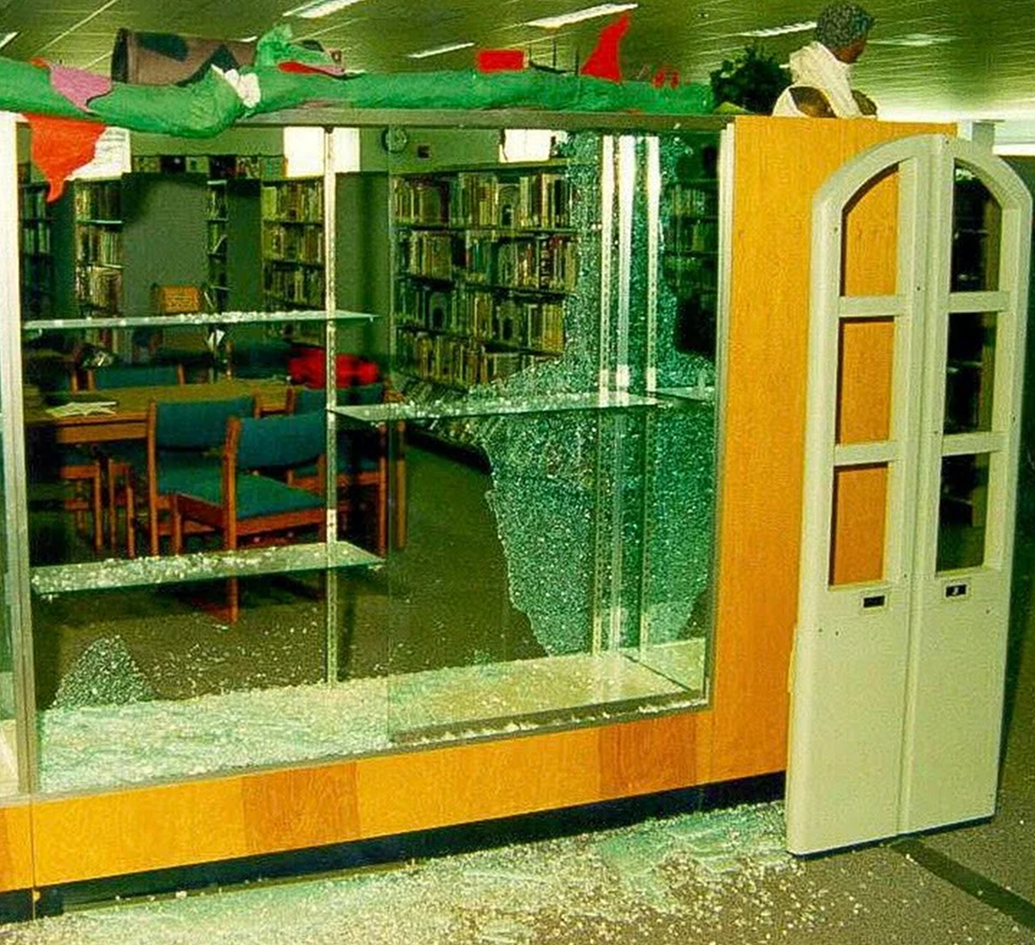
At 11:29 a.m., Harris and Klebold entered the library. Fifty-two students, two teachers and two librarians were inside.
They shouted “Get up! All athletes stand up!” and “Anybody with a white hat [part of the uniform of the athletes] or a sports emblem on it is dead. Today is your day to die.” When no one stood up, Harris said “Fine, then I’ll just start shooting.”
Harris fired his shotgun twice at a desk. Student Evan Todd had been standing near a pillar when the shooters entered the library and had just taken cover behind a photocopier. Todd was hit by wood splinters in the eye and lower back but was not seriously injured.He then hid behind the administrative counter.
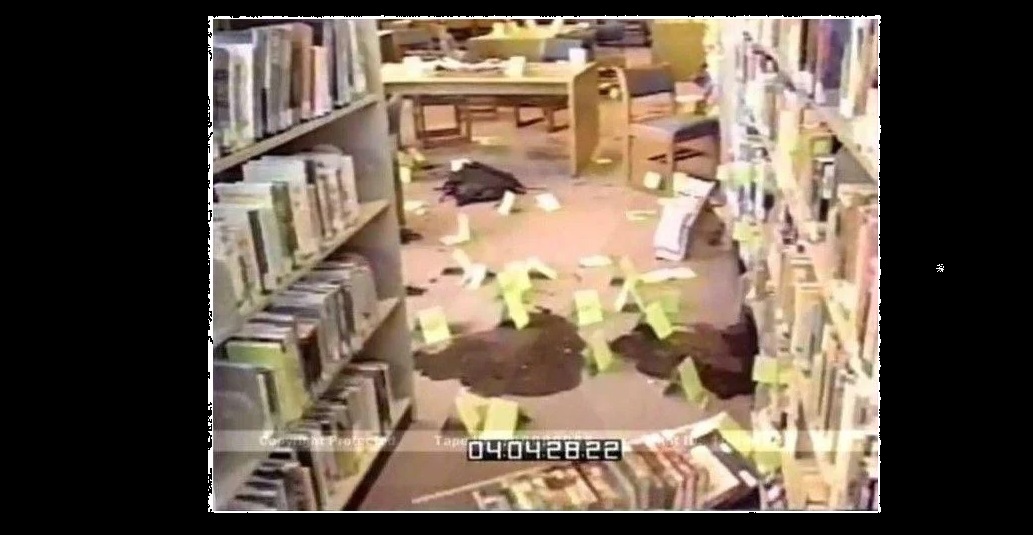
he gunmen walked into the library, towards the two rows of computers. Sitting at the north row was disabled student Kyle Velasquez. Klebold fired his shotgun, fatally hitting him in the head and back .They put down their ammunition-filled duffel bags at the south—or lower—row of computers and reloaded their weapons. They then walked between the computer rows, toward the windows facing the outside staircase.
Throughout the massacre in the library, they ordered everybody to get up, said how long they had been waiting for this, and seemed to be enjoying themselves, shouting things like “Woo!” after shooting. While ordering the to stand up, one of the two said, “Anybody with a white hat or a sports emblem on it is dead.” Wearing a white baseball cap at Columbine was a tradition among sports team members.Nobody stood up, and several students tried to hide their white hats.
Windows were shot out in the direction of the recently arrived police. Officers returned fire, and the gunmen retreated from the windows; no one was injured. Klebold removed his trench coat. He then fired his shotgun at a nearby table, injuring three students: Patrick Ireland, Daniel Steepleton, and Makai Hall
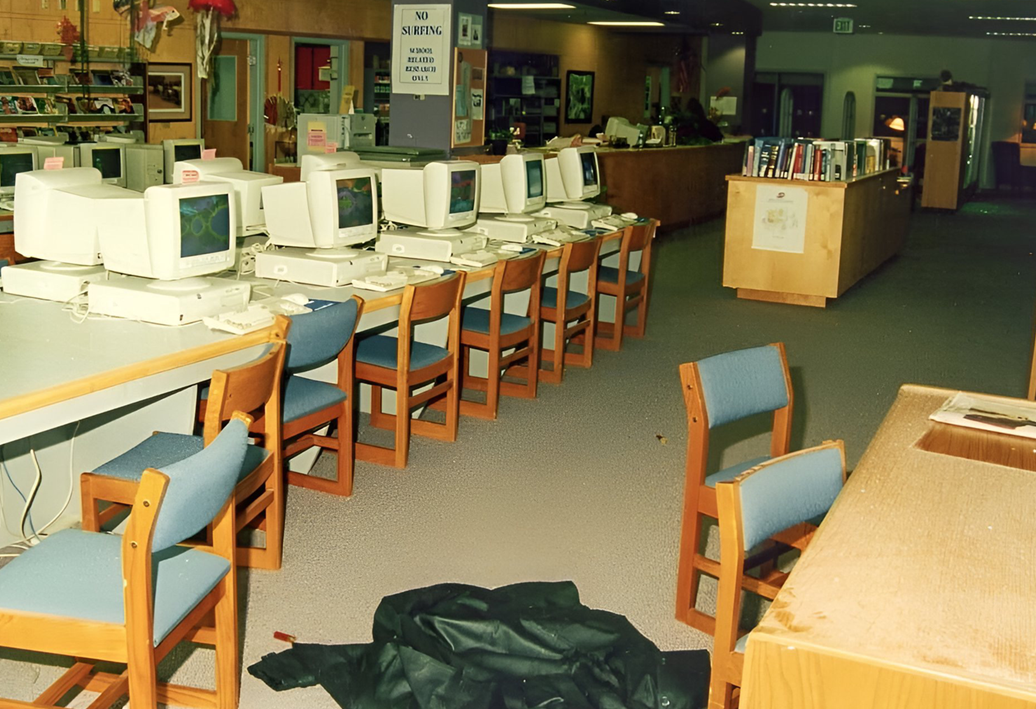
Harris walked toward the lower row of computer desks with his shotgun and fired a single shot under the first desk while down on one knee. He hit 14-year-old Steven Curnow with a mortal wound to the neck. He then moved to the adjacent computer desk, injuring 17-year-old Kacey Ruegsegger with a shot which passed completely through her right shoulder, also grazing her neck and severing a major artery.When she started gasping in pain, Harris said, “Quit your bitching.”
Harris then walked to a table south of the lower computer table, with two students underneath: Cassie Bernall and Emily Wyant. Harris slapped the surface of the table twice as he knelt, and said “Peek-a-boo” before shooting Bernall once in the head with the shotgun, killing her. Harris at this point held the gun with one hand, and the weapon hit his face in recoil, injuring his nose. He told Klebold he had done so, and Klebold responded “Why’d you do that?”
After fatally shooting Bernall, Harris turned toward the next table, where Bree Pasquale sat next to the table rather than under it. Harris’s nose was bleeding; witnesses later reported that he had blood around his mouth. Harris asked Pasquale if she wanted to die, and she responded with a plea for her life. Harris laughed and responded “Everyone’s gonna die.” When Klebold said “shoot her,” Harris responded “No, we’re gonna blow up the school anyway.”
Klebold noticed Ireland trying to provide aid to Hall, who had suffered a wound to his knee. As Ireland tried to help Hall, his head rose above the table. Klebold shot him a second time, hitting him twice in the head and once in the foot. Ireland was knocked unconscious but survived. Klebold then walked toward another table, where he discovered 18-year-old Isaiah Shoels, 16-year-old Matthew Kechter, and 16-year-old Craig Scott (Rachel’s younger brother), hiding underneath. Klebold called out to Harris that he found a “nigger” and tried to pull Shoels out from under the table.

After leaving the library, Harris and Klebold entered the science area, where they caused a fire in an empty storage closet. It was extinguished by a teacher who had hidden in an adjacent room. The gunmen then proceeded toward the south hallway, where they shot into an empty science room. At 11:44 a.m., they were captured on the school security cameras as they re-entered the cafeteria.
The recording shows Harris crouching against the rail on the staircase and firing toward the propane bombs left in the cafeteria, in an unsuccessful attempt to detonate them. As Klebold approached the propane bomb and examined it, Harris took a drink from one of the cups left behind. Klebold lit a Molotov cocktail and threw it at the propane bomb.
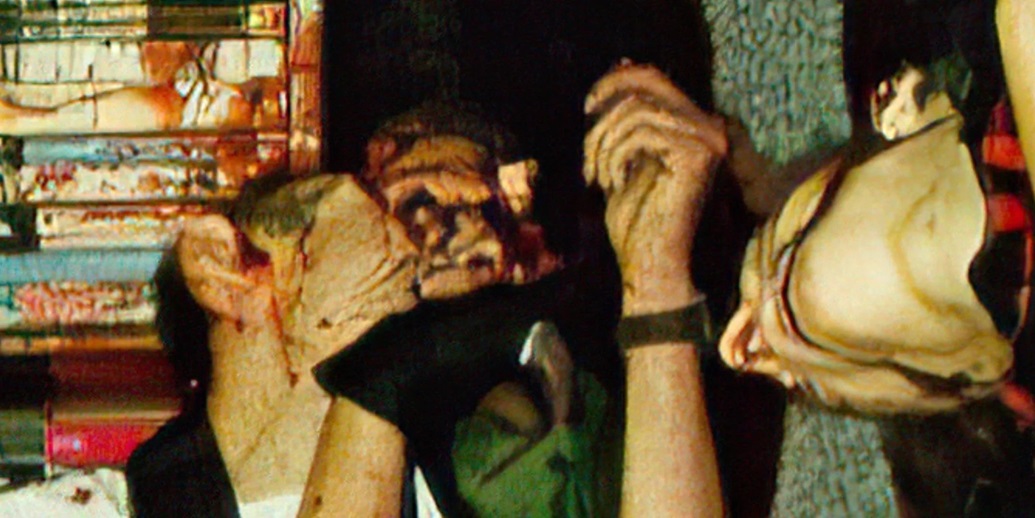
About a minute later, the gallon of fuel attached to the bomb ignited, causing a fire that was extinguished by the fire sprinklers a few minutes later. They left the cafeteria at 11:46.
After leaving the cafeteria, they returned to the main north and south hallways of the school and fired several shots into walls and ceilings as students and teachers hid in rooms. They walked through the south hallway into the main office before returning to the north hallway. At 11:56, they returned to the cafeteria, and briefly entered the school kitchen. They returned up the staircase and into the south hallway at 12:00 p.m.
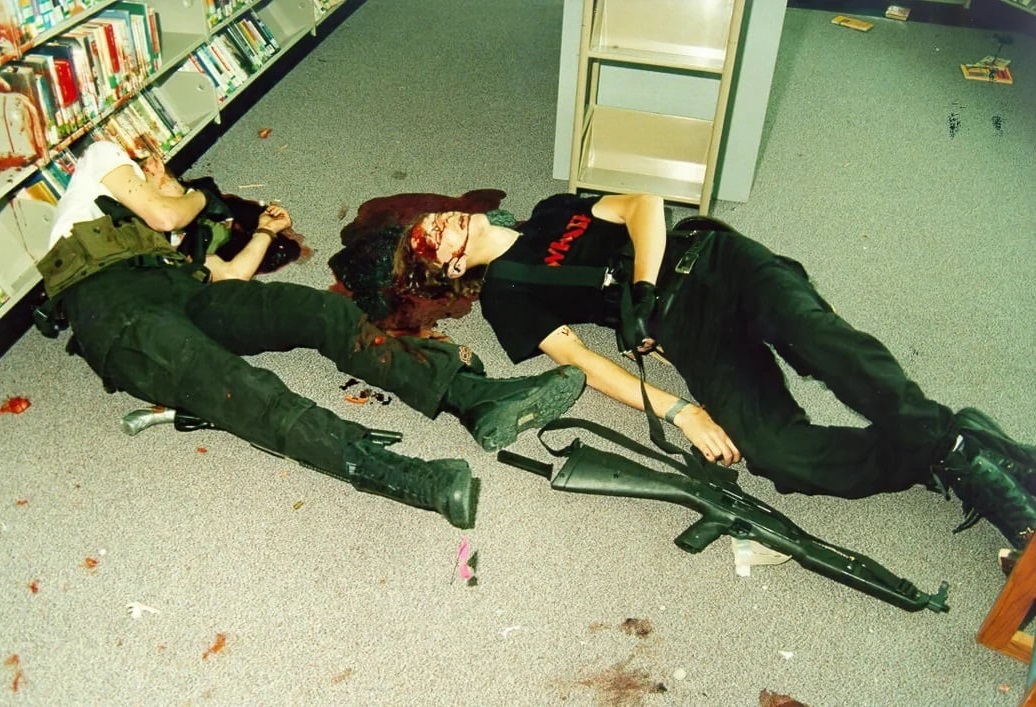
They re-entered the library, which was empty of survivors except for the unconscious Ireland and the injured Kreutz. Once inside, at 12:02 p.m., police were shot at again through the library windows and returned fire. Nobody was injured in the exchange. By 12:05, all gunfire from the school had ceased. By 12:08 p.m., both gunmen had killed themselves. Harris sat down with his back to a bookshelf and fired his shotgun through the roof of his mouth; Klebold went down on his knees and shot himself in the left temple with his TEC-9.
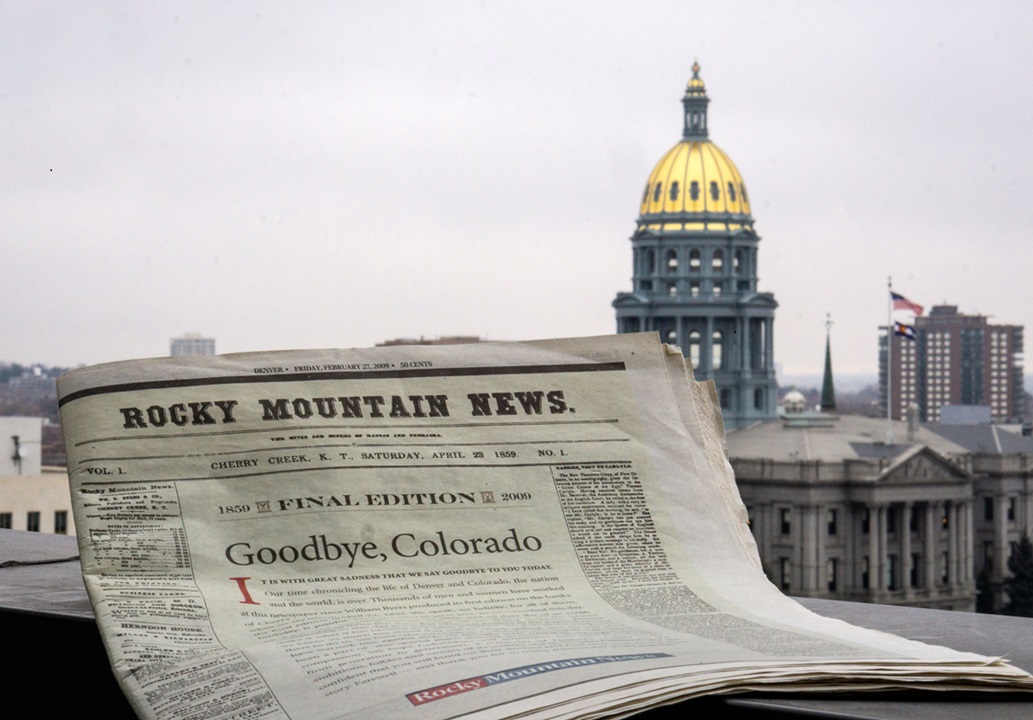
An article by The Rocky Mountain News stated that Patti Nielson overheard them shout “One! Two! Three!” in unison, just before a loud boom.Nielson later said that she had never spoken with either of the writers of the article.
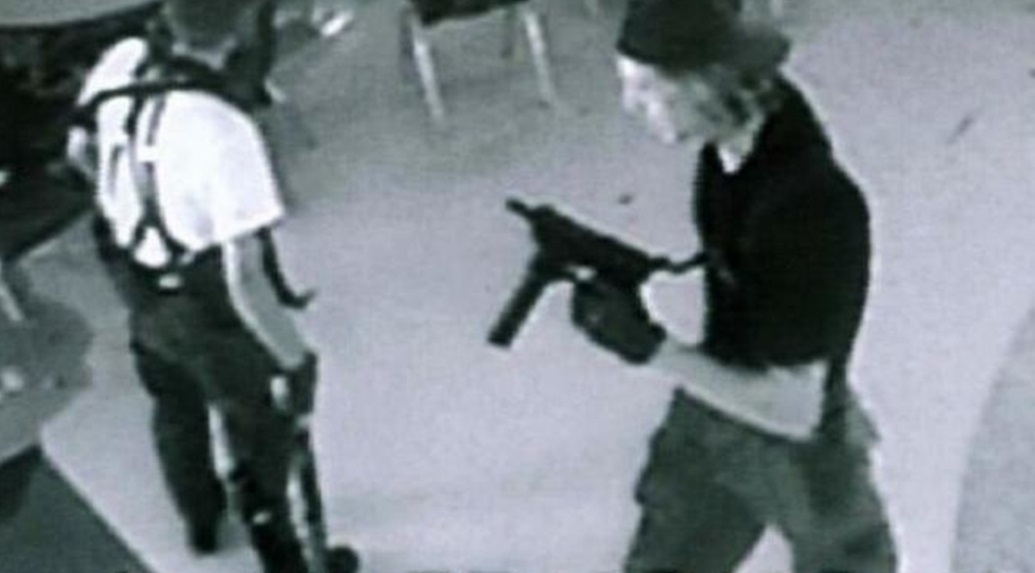
The shooting was planned as a terrorist attack that would cause “the most deaths in U.S. history” but the motive has never been ascertained with any degree of certainty.
In a letter provided with the May 15 report on the Columbine attack, Sheriff John Stone and Undersheriff John A. Dunaway wrote they “cannot answer the most fundamental question—why?”
In the days following the event, media speculation regarding the killers’ motive was rife. Media reports were disseminated suggesting various motives of the killers, although all theories were largely unsubstantiated and turned out to be myths.
These reports included blaming bullying, goth culture, video games, Marilyn Manson, and targeting jocks and minorities. Other rumors were spread in the local area but not largely disseminated by the media, such as the false claim spread by some students that the killers were bullied because they were homosexual.
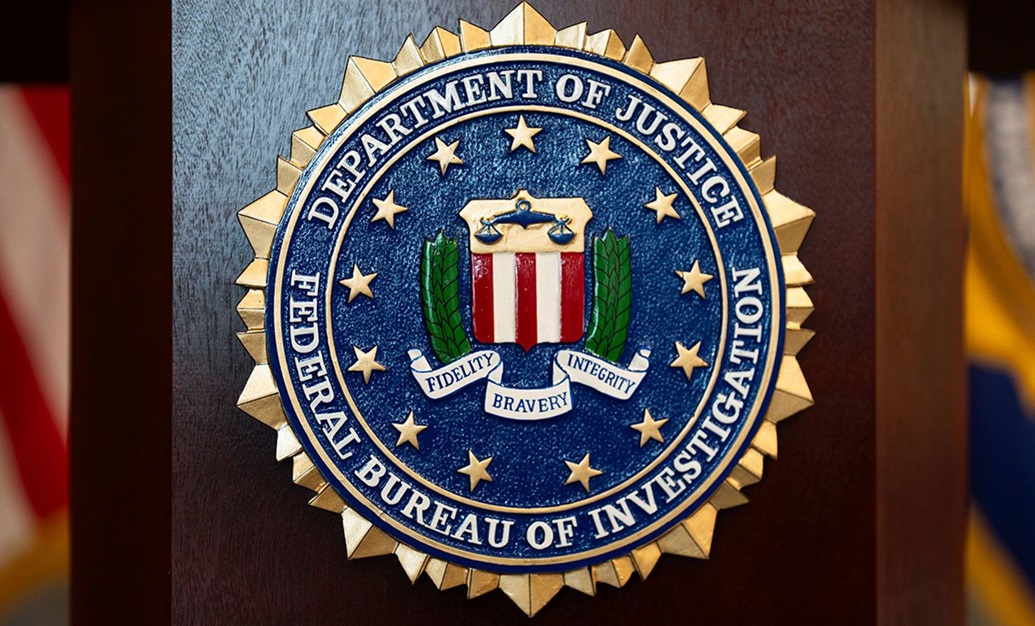
The FBI concluded that the killers had mental illnesses, that Harris was a clinical psychopath, and Klebold had depression.Dwayne Fuselier, the supervisor in charge of the Columbine investigation, would later remark: “I believe Eric went to the school to kill and didn’t care if he died, while Dylan wanted to die and didn’t care if others died as well.”
In April 1998, a year prior to the shooting, as part of his diversion program, Harris wrote a letter of apology to the owner of the van he and Klebold broke into earlier that year. Around the same time, he derided the owner of the van in his journal, stating that he believed he had the right to steal something if he wanted to.
By far the most prevalent theme in Klebold’s journals is his wish for suicide and private despair at his lack of success with women, which he refers to as an “infinite sadness”.Klebold had repeatedly documented his desires to kill himself, and his final remark in the Basement Tapes, shortly before the attack, is a resigned statement made as he glances away from the camera: “Just know I’m going to a better place. I didn’t like life too much.”
The FBI’s theory was used by Dave Cullen for his 2009 book Columbine. Harris was depicted as the mastermind, having a messianic-level superiority complex and hoping to demonstrate his superiority to the world. Klebold was a follower who primarily participated in the massacre as a means to simply end his life.
This theory has been met with criticism. Critics cite the fact that Klebold, not Harris, was the first to mention a killing spree in his journal. They also cite evidence that Harris was depressed as well, such as his prescription for antidepressants mentioned below.
Opponents of contemporary psychiatry like Peter Breggin claim that the psychiatric medications prescribed to Harris may have exacerbated his aggressiveness.
Harris had complained of depression, anger, and suicidal thoughts, for which he was prescribed antidepressants. Toxicology reports confirmed that Harris had Luvox in his bloodstream at the time of the shootings,whereas Klebold had no medications in his system.Harris continued his scheduled meetings with his psychologist until a few months before the massacre
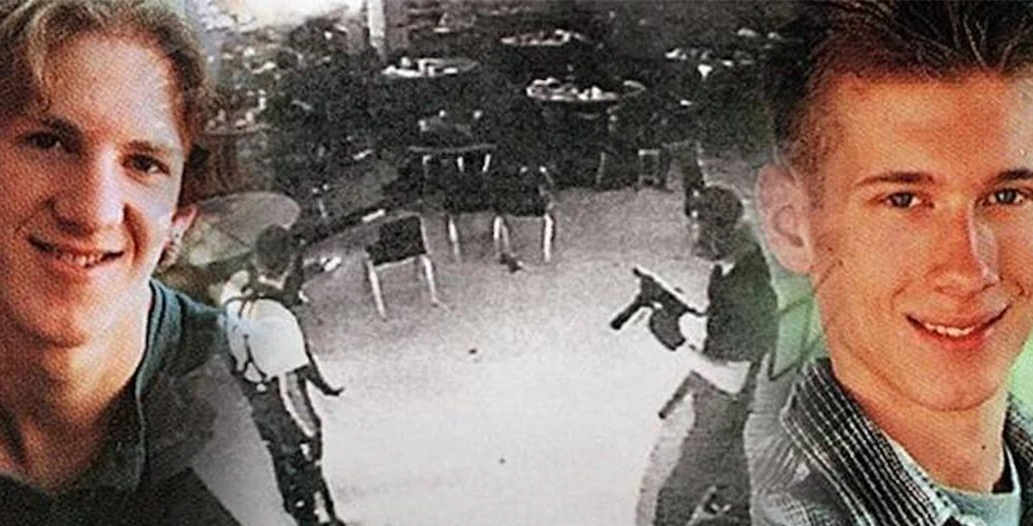
There have been other attempts to diagnose Harris and Klebold with mental illness. Peter Langman believes Harris was a psychopath and Klebold was schizotypal. Professor Aubrey Immelman published a personality profile of Harris, based on journal entries and personal communication, and believes the materials suggested behavior patterns consistent with a “malignant narcissism…pathologicalnarcissistic personality disorder with borderline and antisocial features, along with some paranoid traits, and unconstrained aggression.”
Media speculation – bullying
Early stories following the massacre charged that school administrators and teachers at Columbine had long condoned bullying by jocks and this explained the motive.The link between bullying and school violence has attracted increasing attention since.
Accounts from various parents and school staffers reported bullying in the school. Reportedly, Harris and Klebold were regularly called “faggots”.Klebold said on the Basement Tapes, “You’ve been giving us shit for years;” however, they also stated several times on the tapes and in the journals that no one else was to blame, nor could have prevented the attack.
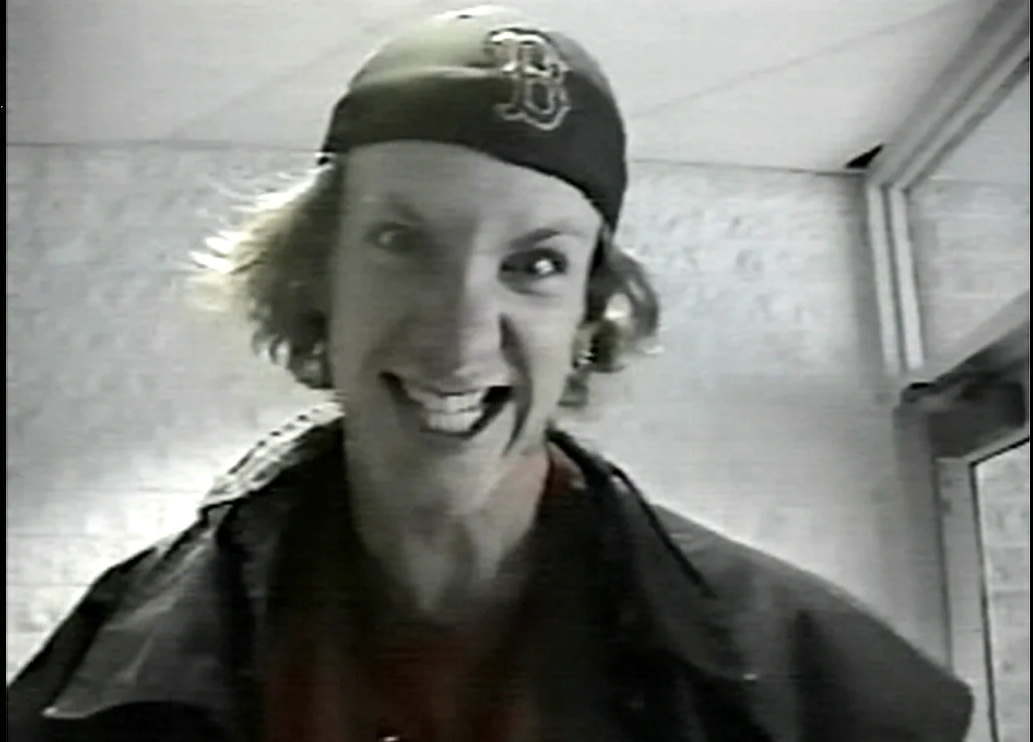
Dylan when talking to his father about the jocks had stated, “They sure give Eric hell.” but he also said that the jocks tended to leave him [Dylan] alone.Brown also noted Harris was born with mild . This made him reluctant to take his shirt off in gym class, and other students would laugh at him Nathan Vanderau, a friend of Klebold, and Alisa Owen, who knew Harris, noted they were picked on. Vanderau recalled that a “cup of fecal matter” was thrown at them.
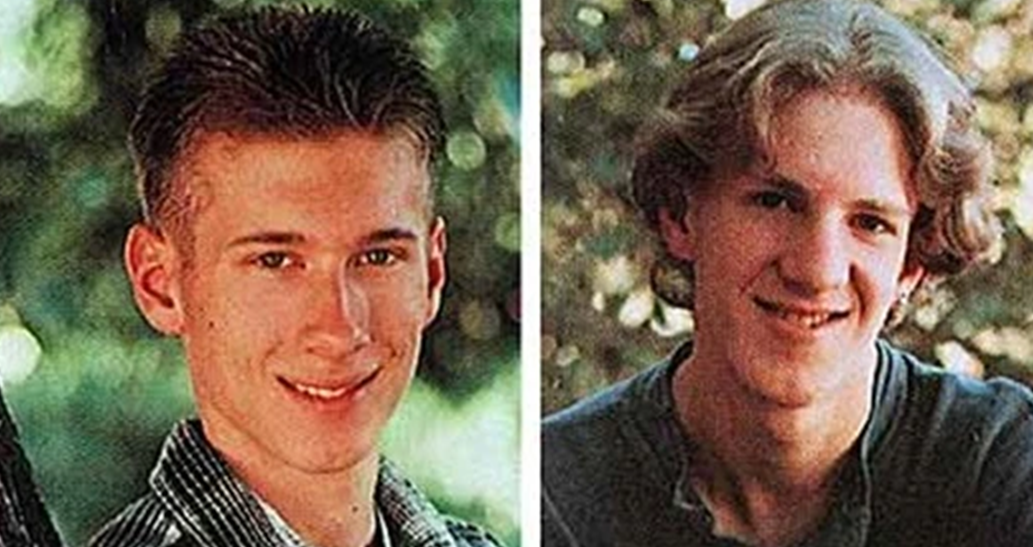
It has been alleged that Harris and Klebold were once both confronted by a group of students at CHS who sprayed them with ketchup while referring to them as “faggots” and “queers”. Klebold told his mother it had been the worst day of his life.
According to Brown, “That happened while teachers watched. They couldn’t fight back. They wore the ketchup all day and went home covered with it.”
According to classmate Chad Laughlin, it involved seniors pelting Klebold with “ketchup-covered tampons” in the commons. Laughlin also stated, “A lot of the tension in the school came from the class above us…There were people fearful of walking by a table where you knew you didn’t belong, stuff like that. Certain groups certainly got preferential treatment across the board.”

A similar theory was expounded by Brooks Brown in his book on the massacre, No Easy Answers; he noted that teachers commonly ignored bullying and that when Harris and Klebold were bullied by the jocks at CHS, they would make statements such as:
“Don’t worry, man. It happens all the time!”
Cullen, as well as psychologists dispute the theory of “revenge for bullying” as a motivation. While acknowledging the pervasiveness of bullying in high schools including CHS, Cullen claimed they were not victims of bullying. He noted Harris was more often the perpetrator than victim of bullying.
In an entry by Eric Harris in his journal, he stated that even if he were complimented and respected more by his peers, the attack would have still, in all likelihood, occurred.In another entry by Eric in his journal he says not to blame the school’s administration for the attack as the staff is doing a good job running the school.
In a fact check published on April 19, 2019, on the eve of the commemoration of the 20th anniversary of the massacre, Gillian Brockell in The Washington Post underscored that, contrary to the popular view, their attack was not revenge for being bullied.
Author Jeff Kass who has also published a book on the attack believes that bullying wasn’t the cause. Peter Langman also argues against bullying being the cause of the attack.Other researchers have also argued against the bullying hypothesis.
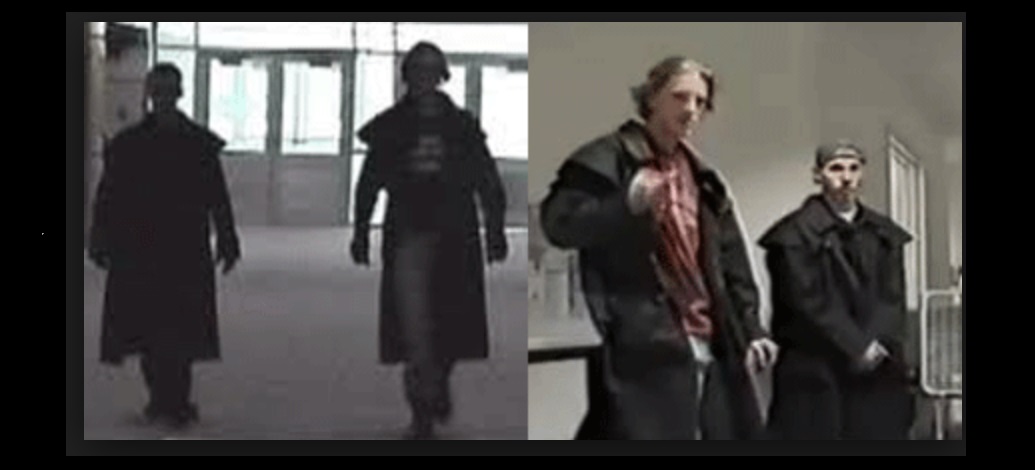
Rejection was also highlighted as a cause. Social cliques within high schools such as the Trench Coat Mafia were widely discussed. One perception formed was that Harris and Klebold were both outcasts who had been isolated from their classmates, prompting feelings of helplessness, insecurity, and depression, as well as a strong need for power and attention.
Harris’s last journal entry reads, “I hate you people for leaving me out of so many fun things”, while Klebold wrote “The lonely man strikes with absolute rage.”In an interview, Brown described them as the school’s worst outcasts, “the losers of the losers”
This concept too has been questioned, as both Harris and Klebold had a close circle of friends and a wider informal social group.
Cullen and Brockell both also say they were not in the Trench Coat Mafia and were not isolated outcasts or loners.Other close friends of the pair such as Chad Laughlin and Nathan Dykeman state the duo were not outcasts. Peter Langman also concurs by also arguing against the pair being loners and outcasts.
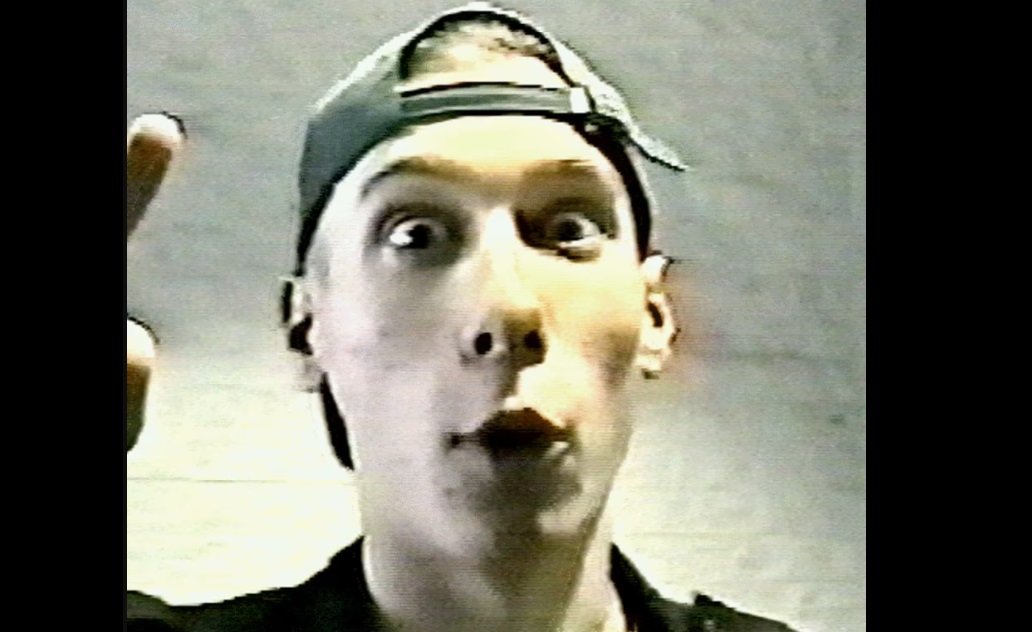
Some peers, such as Robyn Anderson, stated that the pair were not interested in Nazism, and they did not worship or admire Hitler in any way. However, in retrospect, Anderson also stated that there were many things the pair did not tell friends.
Harris at least did revere the Nazis, often praising them in his journal. While some sources claim that there is a connection to Hitler’s birthday (20 April 1889), the theory is dismissed by others since the date of the attack had been delayed due to a munitions problem
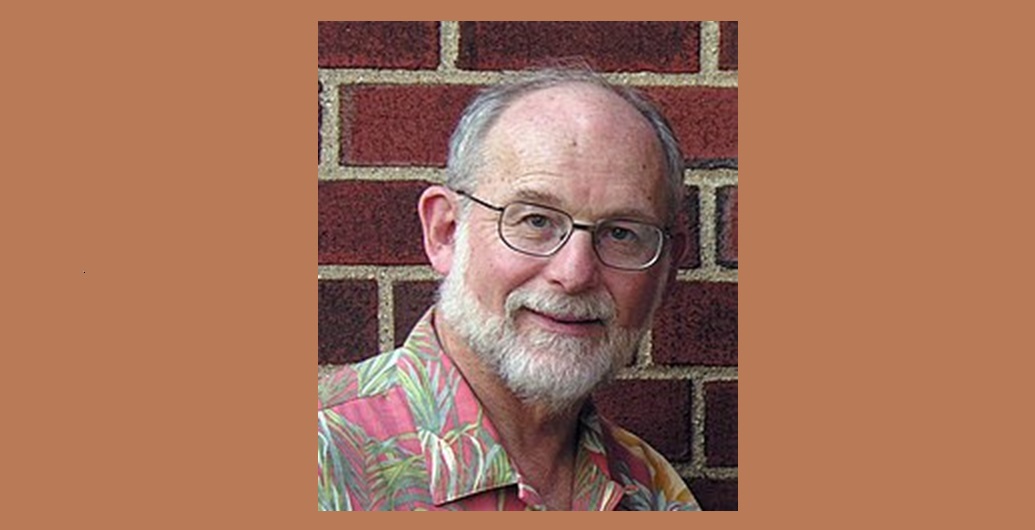
Sociologist Ralph Larkin has theorized that the massacre was to trigger a revolution of outcast students and the dispossessed: “(A)s an overtly political act in the name of oppressed students victimized by their peers. The Columbine shootings redefined such acts not merely as revenge but as a means of protest of bullying, intimidation, social isolation, and public rituals of humiliation.
In contrast with the theory that attack was political, one author argues Columbine was only increasingly linked to terrorism after the September 11 attacks
Violent video games were also blamed.Parents of some of the victims filed several unsuccessful lawsuits against video game manufacturers.Jerald Block believes their immersion in a virtual world best explains the massacre. While Brooks Brown disagrees that video games caused the massacre, he agrees elements of their plan came from video games.
Harris and Klebold were both fans of shooter video games such as Doom, Quake, Duke Nukem 3D and Postal. A file on Harris’s computer read the massacre will “be like the LA riots, the Oklahoma bombing, WWII, Vietnam, Duke and Doom all mixed together.”In his last journal entry, Harris wished to “Get a few extra frags on the scoreboard.”After the massacre, it was alleged Harris created Doom and Duke Nukem 3D levels resembling CHS, but these were never found.
Doom
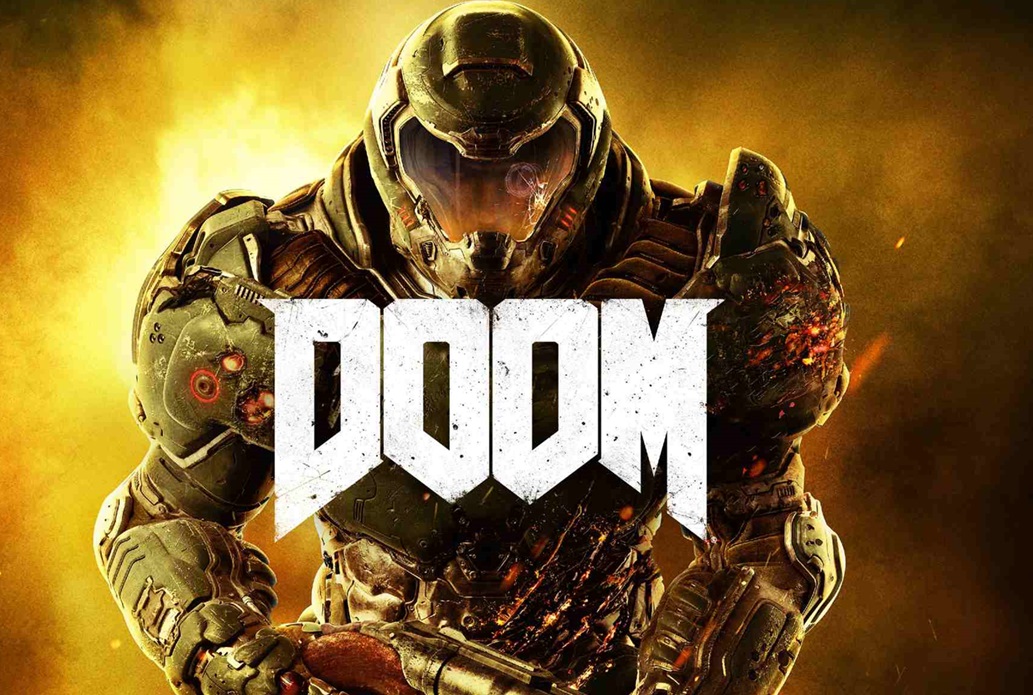
They were avid fans of Doom especially. Harris said of the massacre, “It’s going to be like…Doom.”He also wrote “I must not be sidetracked by my feelings of sympathy…so I will force myself to believe that everyone is just another monster from Doom.” In Harris’s yearbook, Klebold wrote “I find a similarity between people and Doom zombies.
“ Harris named his shotgun Arlene after a character in the Doom novels.The TEC-9 Klebold used resembled an AB-10, a weapon from the Doom novels that Harris referenced several times.
Harris spent a great deal of time creating a large WAD, named Tier (German for ‘animal’, and a song by Rammstein), calling it his “life’s work”.](better source needed) The WAD was uploaded to the Columbine school computer and to AOL shortly before the attack, but appears to have been lost.
Duke Nukem 3D
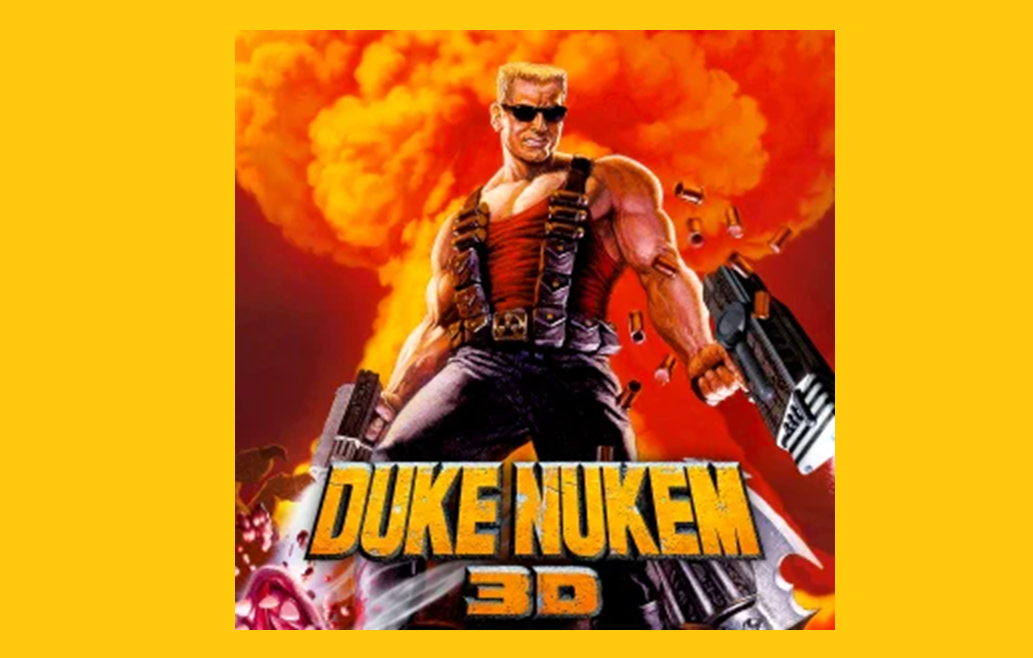
The other game mentioned specifically by Harris for what the massacre would be like was Duke Nukem 3D. The game has pipe bombs and one of the enemies is the “pig cop”. Brooks Brown wrote that pipe bombs were set in the halls of the school with the intention of causing a chain reaction, because that’s what happens in Duke Nukem 3D. Brown also wrote they shot wildly because it works in Duke Nukem 3D
Legacy
Following the Columbine shooting, schools across the United States instituted new security measures such as see-through backpacks, metal detectors, school uniforms, and security guards. Some schools implemented the numbering of school doors in order to improve public safety response. Several schools throughout the country resorted to requiring students to wear computer-generated IDs
Schools also adopted a zero tolerance approach to possession of weapons and threatening behavior by students. Despite the effort, several social science experts feel the zero tolerance approach adopted in schools has been implemented too harshly, with unintended consequences creating other problems.
Despite the safety measures that were implemented in the wake of the tragedy at Columbine, school shootings continued to take place in the United States, including at Virginia Tech, Sandy Hook Elementary School, Stoneman Douglas High School, and Robb Elementary School.
Some schools renewed existing anti-bullying policies.Rachel’s Challenge was started by Rachel Scott’s parents, and lectures schools about bullying and suicide.
In 2000, Sanders was posthumously given the Arthur Ashe Courage Award for his actions
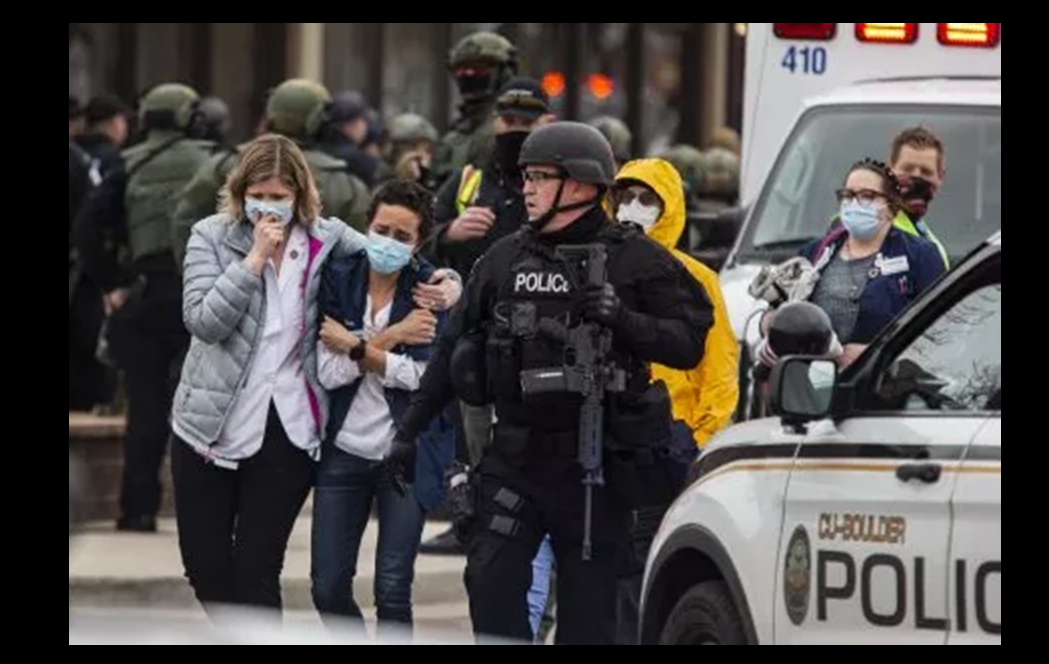
Police departments reassessed their tactics and now train for Columbine-like situations after criticism over the slow response and progress of the SWAT teams during the shooting
Police followed a traditional tactic at Columbine: surround the building,set up a perimeter, and contain the damage.
That approach has been replaced by a tactic known as the Immediate Action Rapid Deployment tactic. This tactic calls for a four-person team to advance into the site of any ongoing shooting, optimally a diamond-shaped wedge, but even with just a single officer if more are not available. Police officers using this tactic are trained to move toward the sound of gunfire and neutralize the shooter as quickly as possible.
Their goal is to stop the shooter at all costs; they are to walk past wounded victims, as the aim is to prevent the shooter from killing or wounding more. Dave Cullen has stated: “The active protocol has proved successful at numrous shootings… At Virginia Tech alone, it probably saved dozens of lives.”
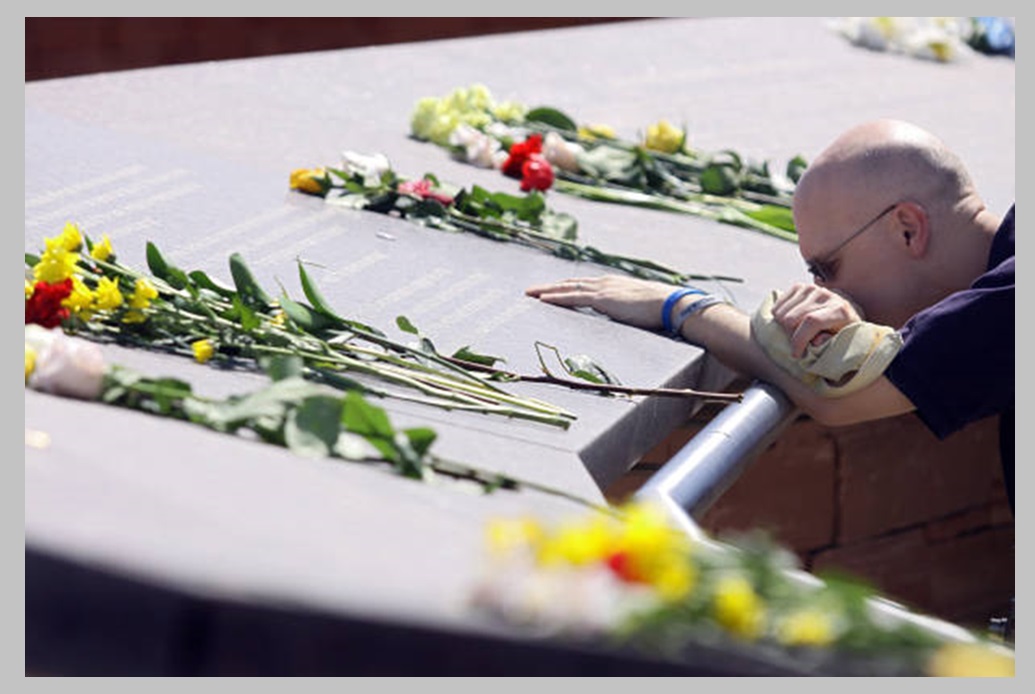
After the massacre, many survivors and relatives of deceased victims filed lawsuits. Under Colorado state law at the time, the maximum a family could receive in a lawsuit against a government agency was $600,000 (equivalent to $1,097,000 in 2023).
Most cases against the Jefferson County Sheriff’s Office and school district were dismissed by the federal court on the grounds of government immunity.The case against the sheriff’s office regarding the death of Dave Sanders was not dismissed due to the police preventing paramedics from going to his aid for hours after they knew the gunmen were dead. The case was settled out of court in August 2002 for $1,500,000.

In April 2001, the families of more than 30 victims received a $2,538,000 settlement in their case against the families of Harris, Klebold, Manes, and Duran Under the terms of the settlement, the Harrises and the Klebolds contributed $1,568,000 through their homeowners’ policies, with another $32,000 set aside for future claims; the Manes contributed $720,000, with another $80,000 set aside for future claims; and the Durans contributed $250,000, with an additional $50,000 available for future claims.
The family of victim Shoels rejected this settlement, but in June 2003 were ordered by a judge to accept a $366,000 settlement in their $250-million lawsuit against the shooters’ families.In August 2003, the families of victims Fleming, Kechter, Rohrbough, Townsend, and Velasquez received undisclosed settlements in a wrongful death suit against the Harrises and Klebolds.
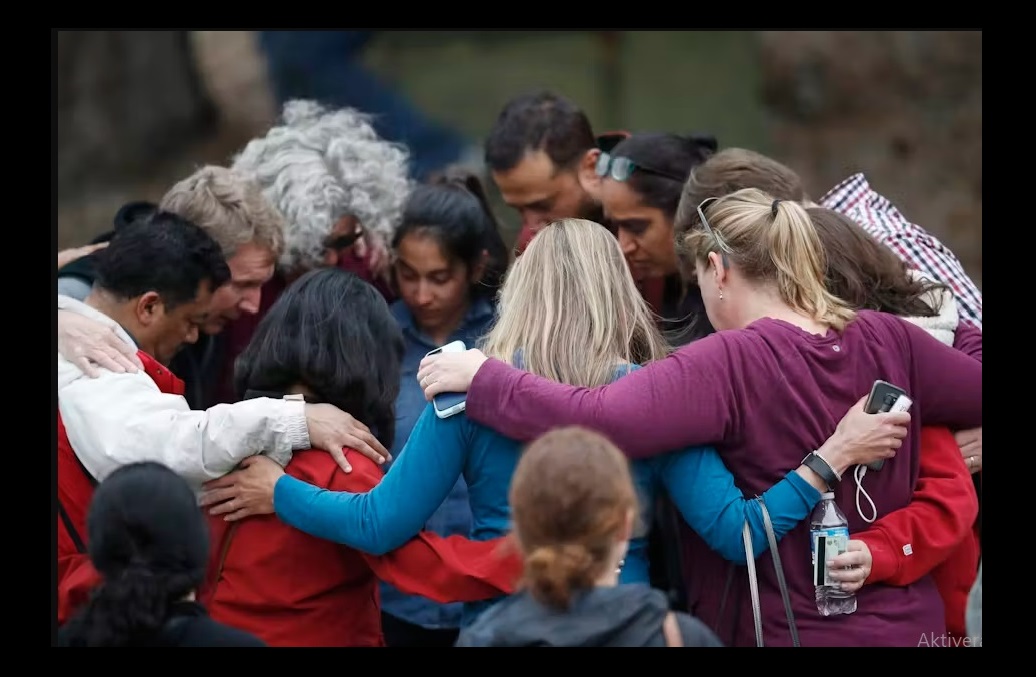
Parents of some of the victims filed several unsuccessful lawsuits against film companies, over films such as The Basketball Diaries, which includes a dream sequence with a student shooting his classmates in a trench coat.In the Basement Tapes, they debate on whether or not Steven Spielberg or Quentin Tarantino are appropriate choices to direct films about the massacre. Their home videos also show inspiration taken from Pulp Fiction. Both were fans of the film Lost Highway.Apocalypse Now was found in Harris’s VCR.
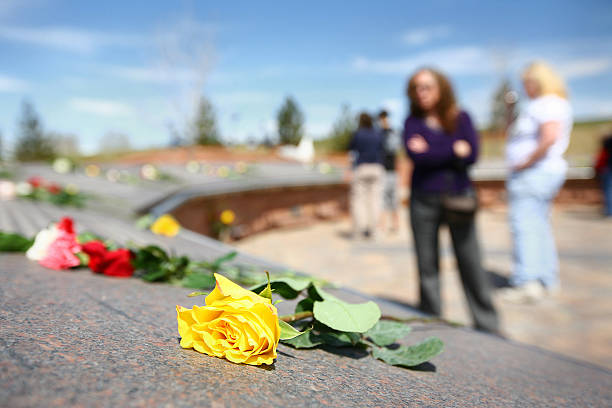
Many impromptu memorials were created after the massacre, including victims Rachel Scott’s car and John Tomlin’s truck.
In 2000, youth advocate Melissa Helmbrecht organized a remembrance event in Denver featuring two surviving students, called “A Call to Hope”.The library where most of the massacre took place was removed and replaced with an atrium. In 2001, a new library, the HOPE memorial library, was built next to the west entrance
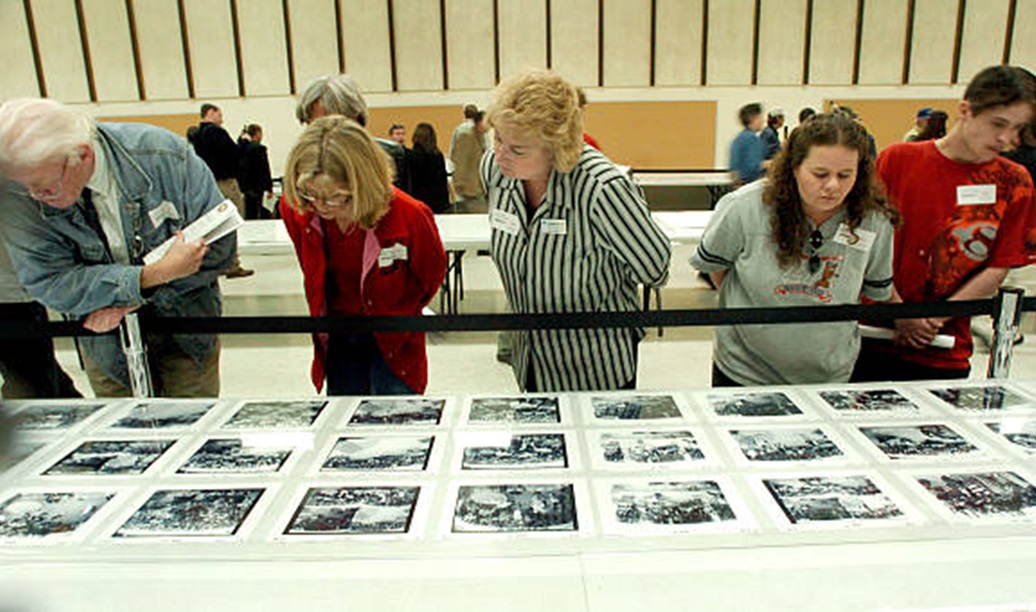
On February 26, 2004, thousands of pieces of evidence from the massacre were put on display at the Jefferson County fairgrounds in Golden.
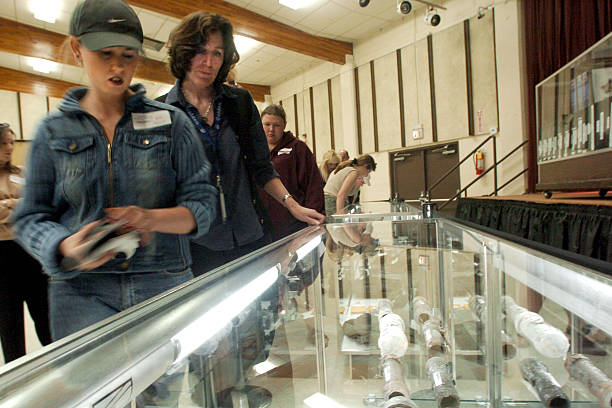
A permanent memorial “to honor and remember the victims of the April 20, 1999, shootings at Columbine High School” began planning in June 1999, and was dedicated on September 21, 2007, in Clement Park.
The memorial fund raised $1.5 million in donations over eight years of planning. Designing took three and a half years and included feedback from victims’ families, survivors, the high school’s students and staff, and the community.
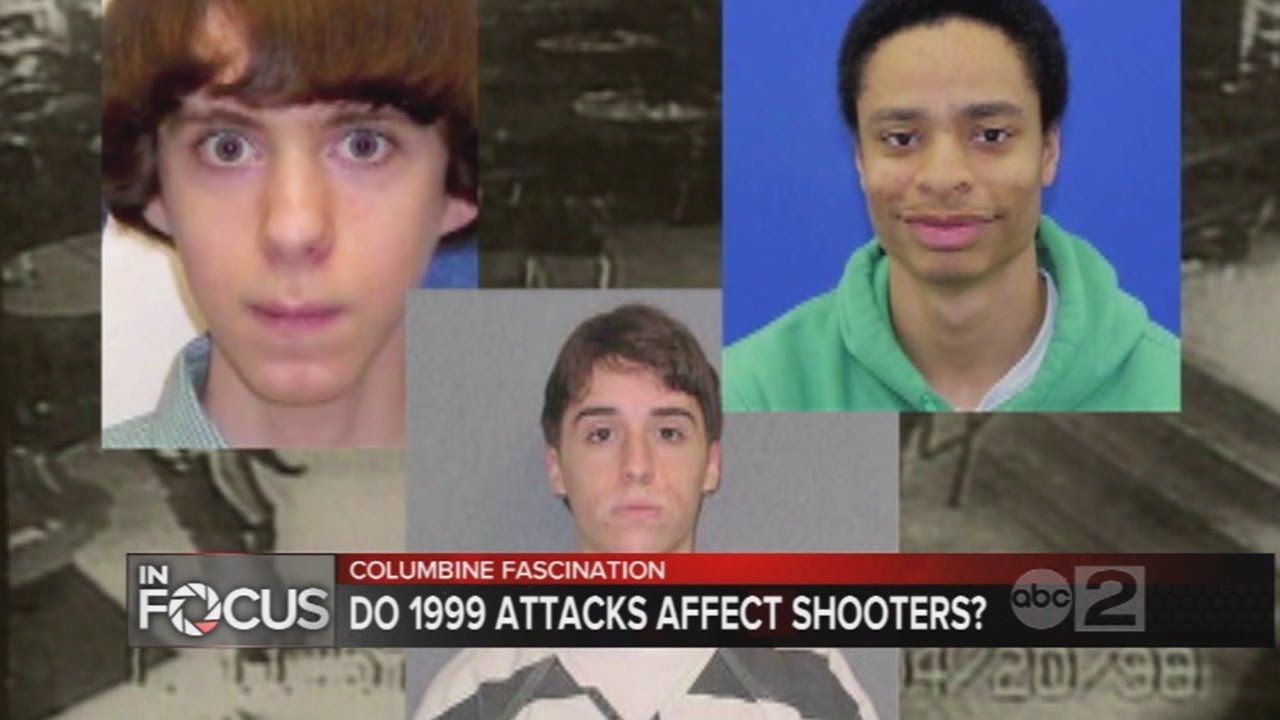
The Columbine shootings influenced subsequent school shootings, with several such plots mentioning it.Fear of copycats has sometimes led to the closing of entire school districts.Since Columbine, over 74 copycat cases have been reported, 21 of which resulted in attacks,[when?] while the rest were thwarted by law enforcement. In many of them, the perpetrators cited Harris and Klebold as heroes or martyrs
